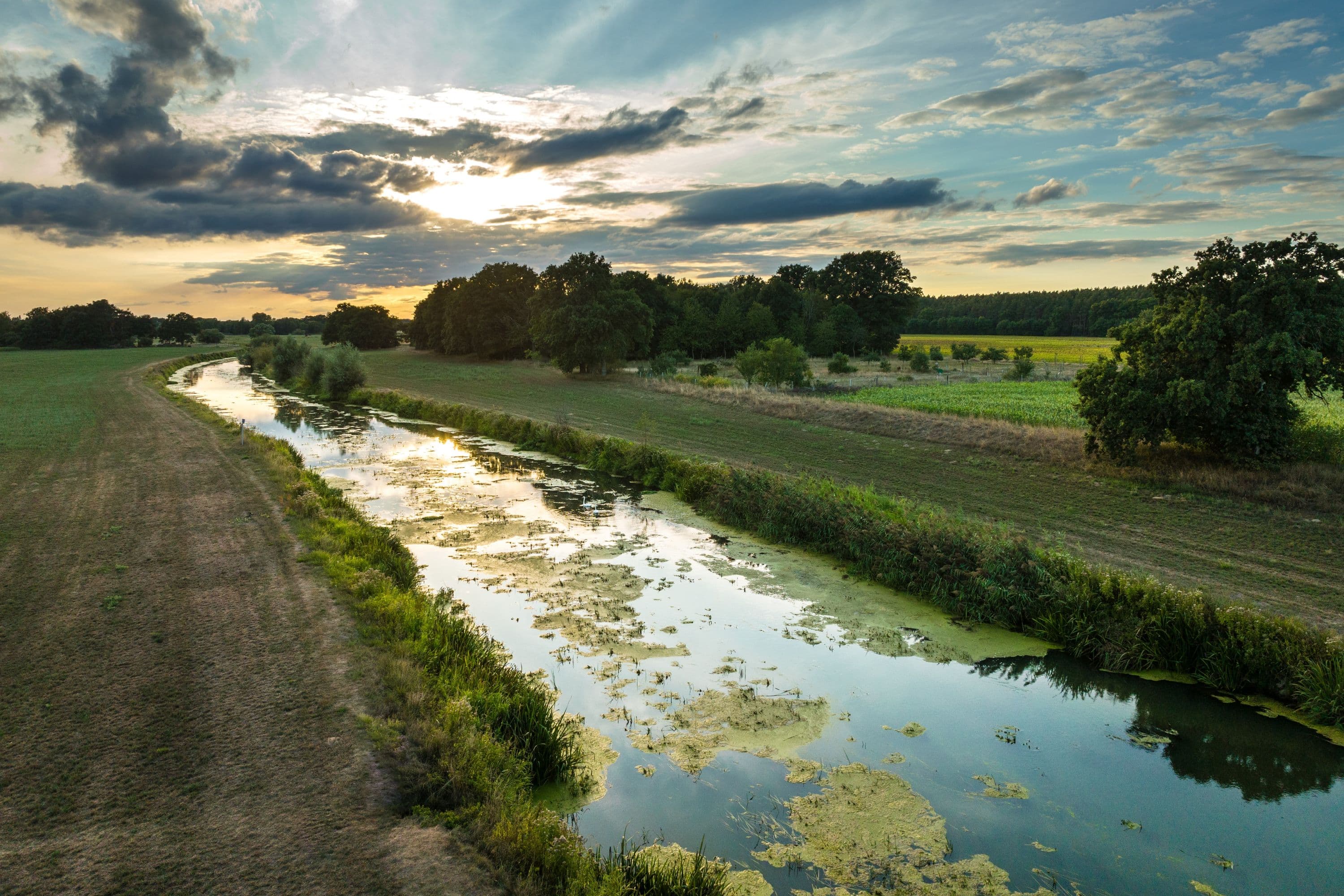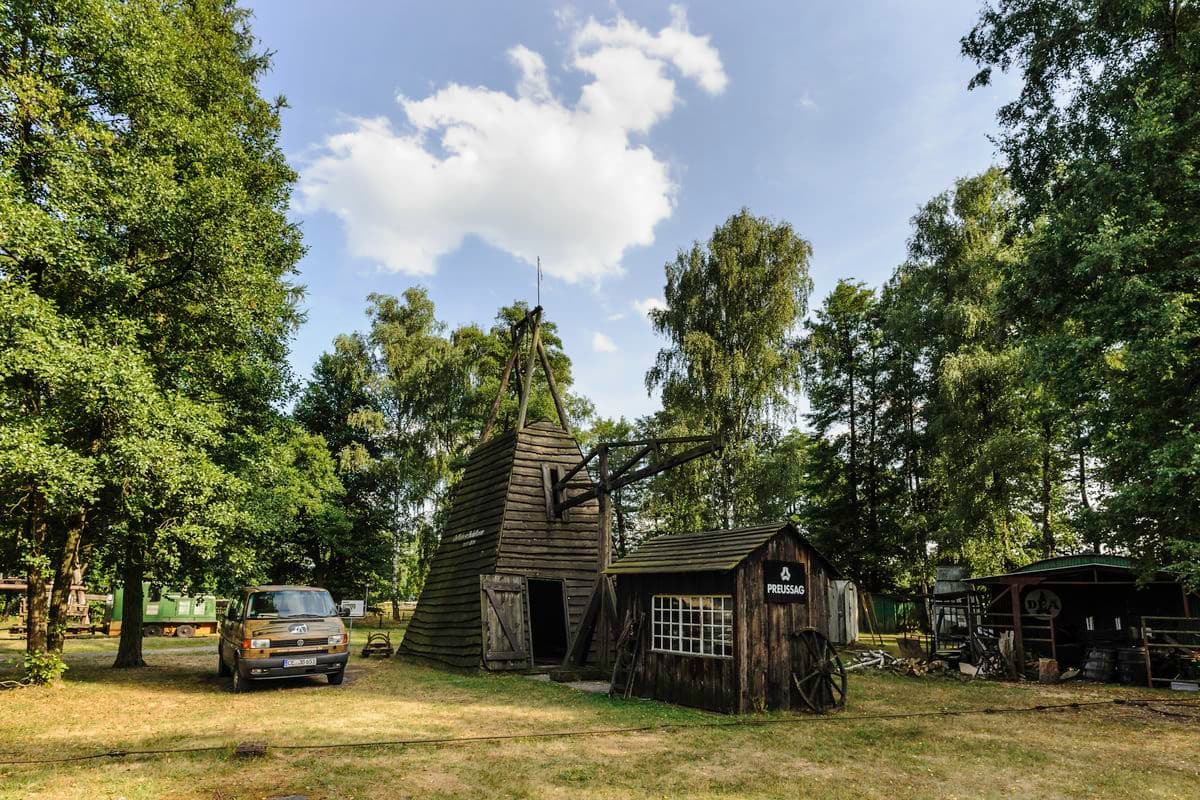
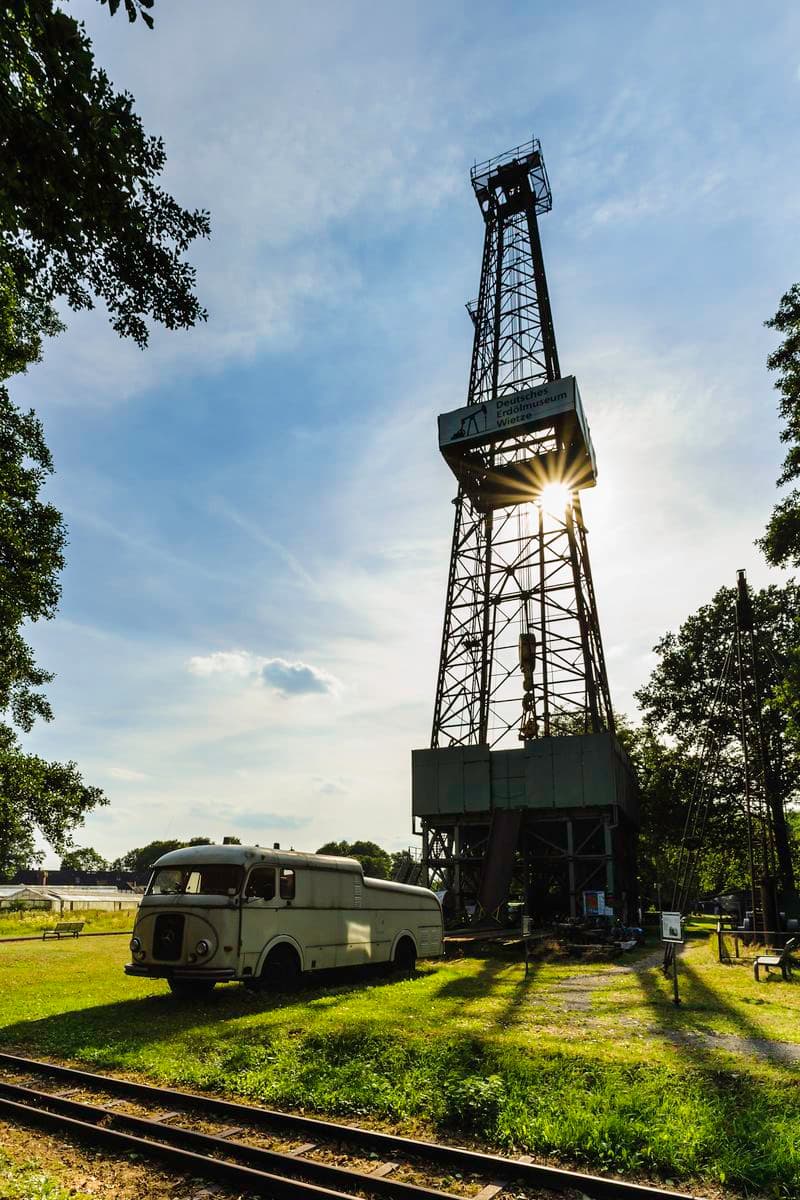
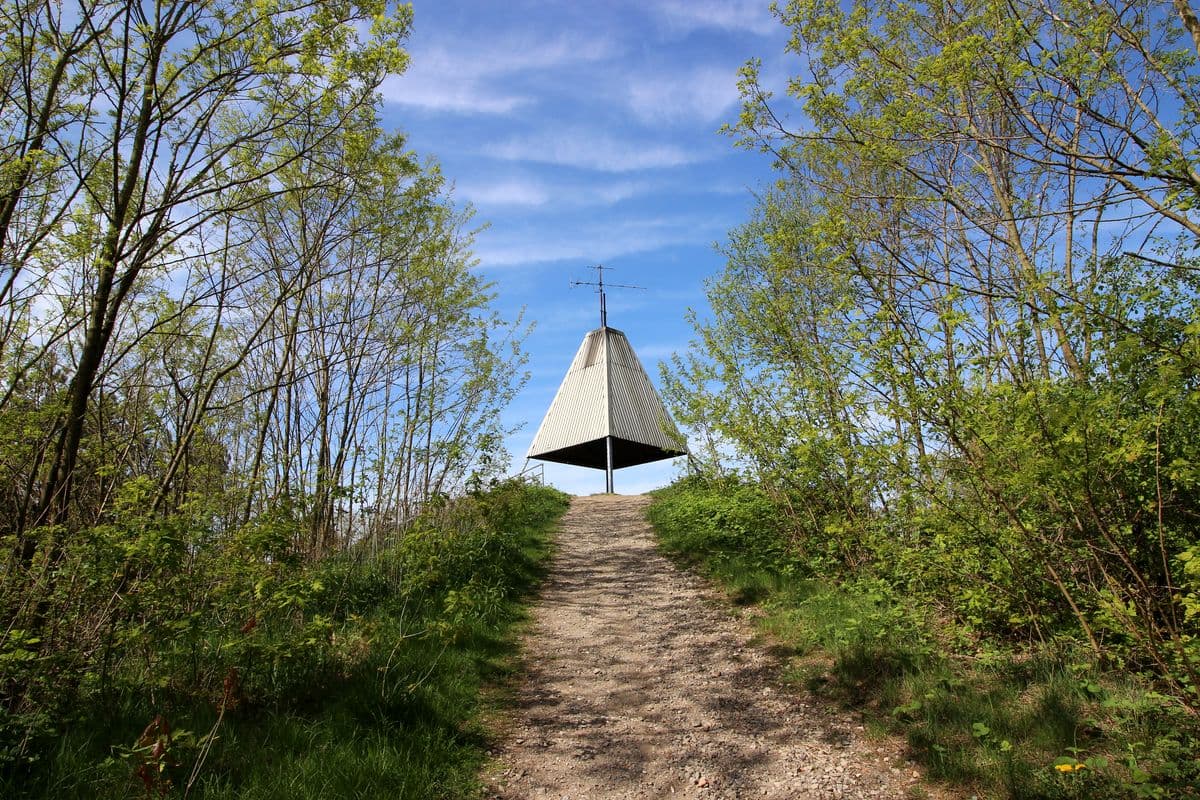
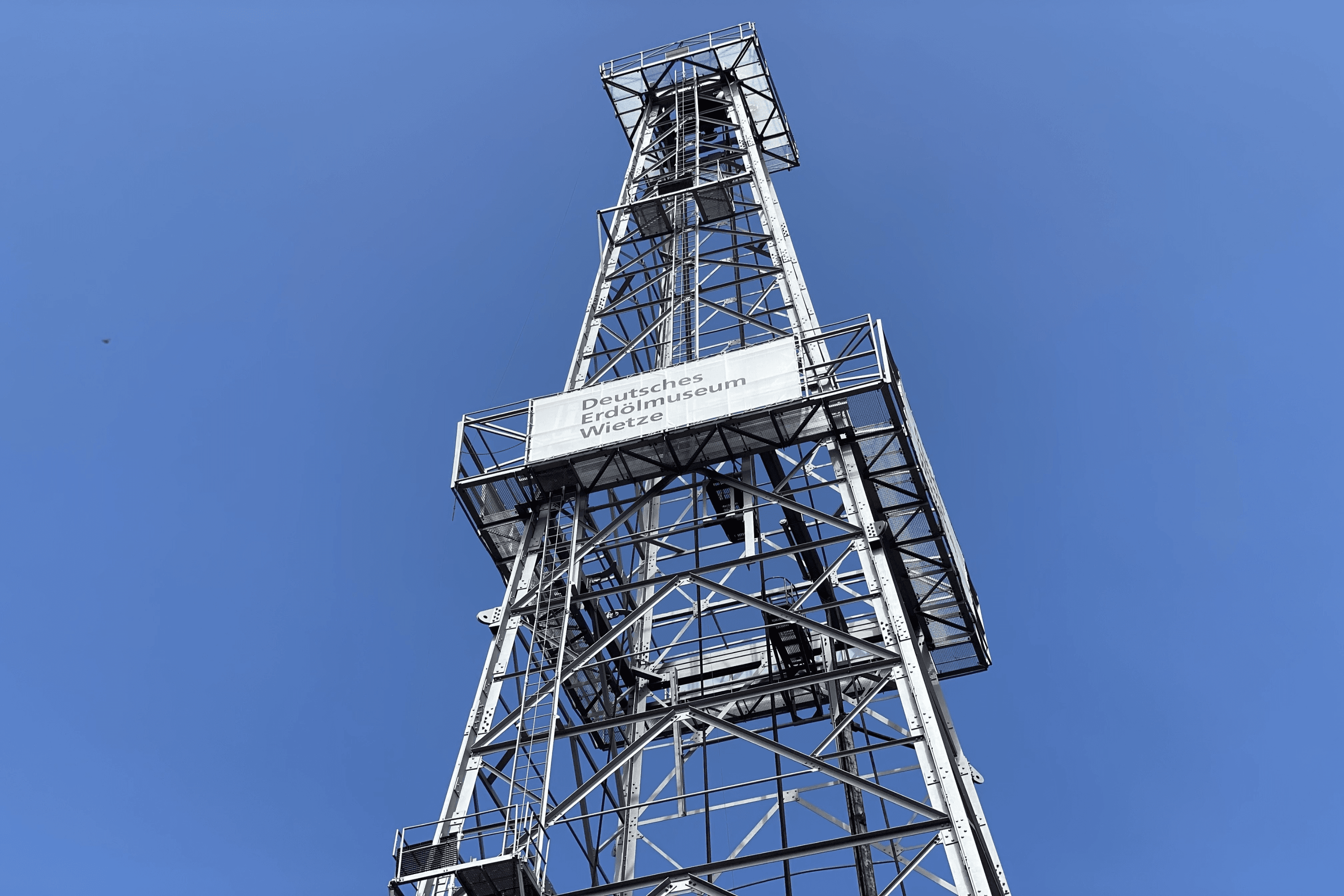
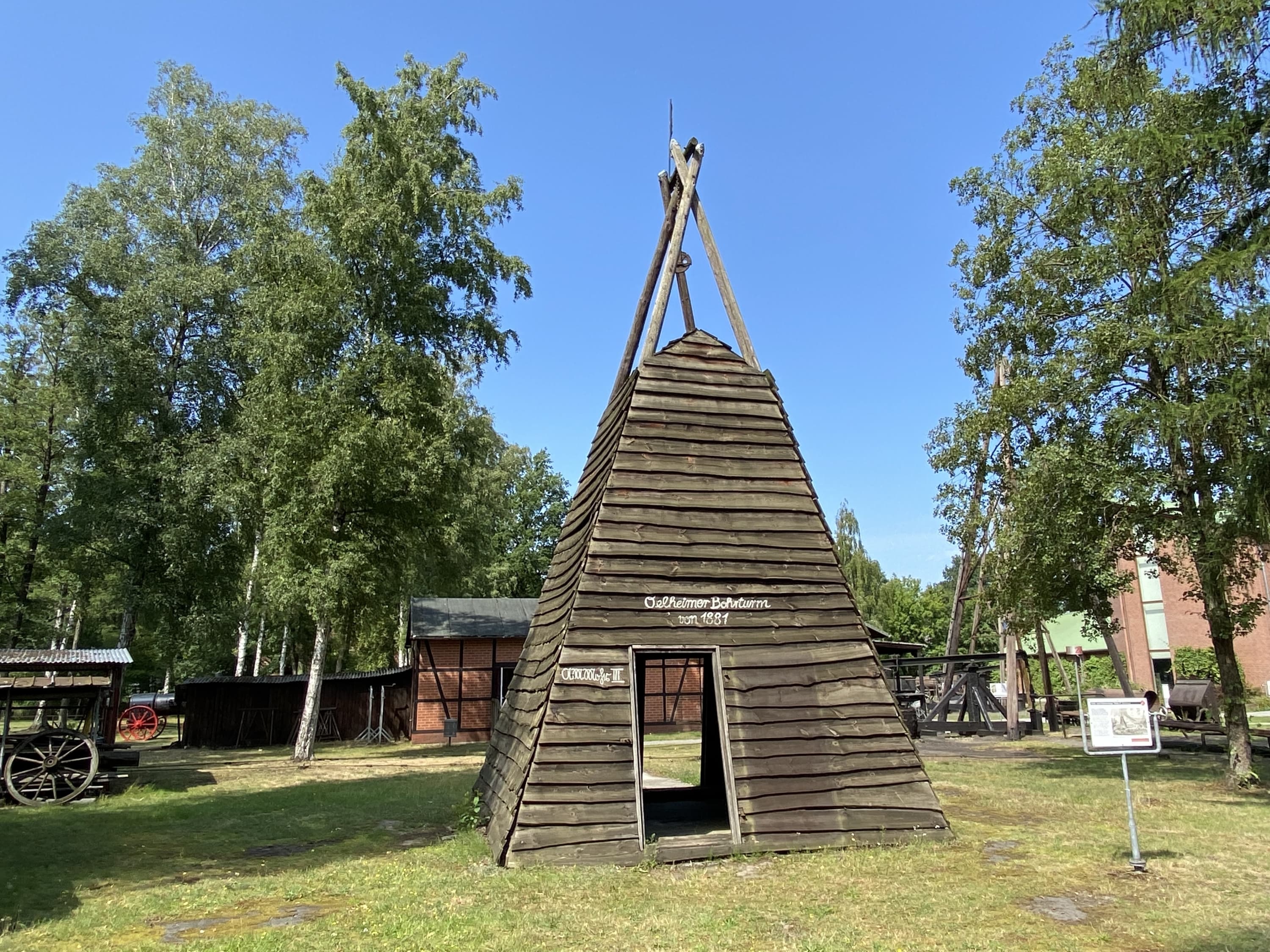
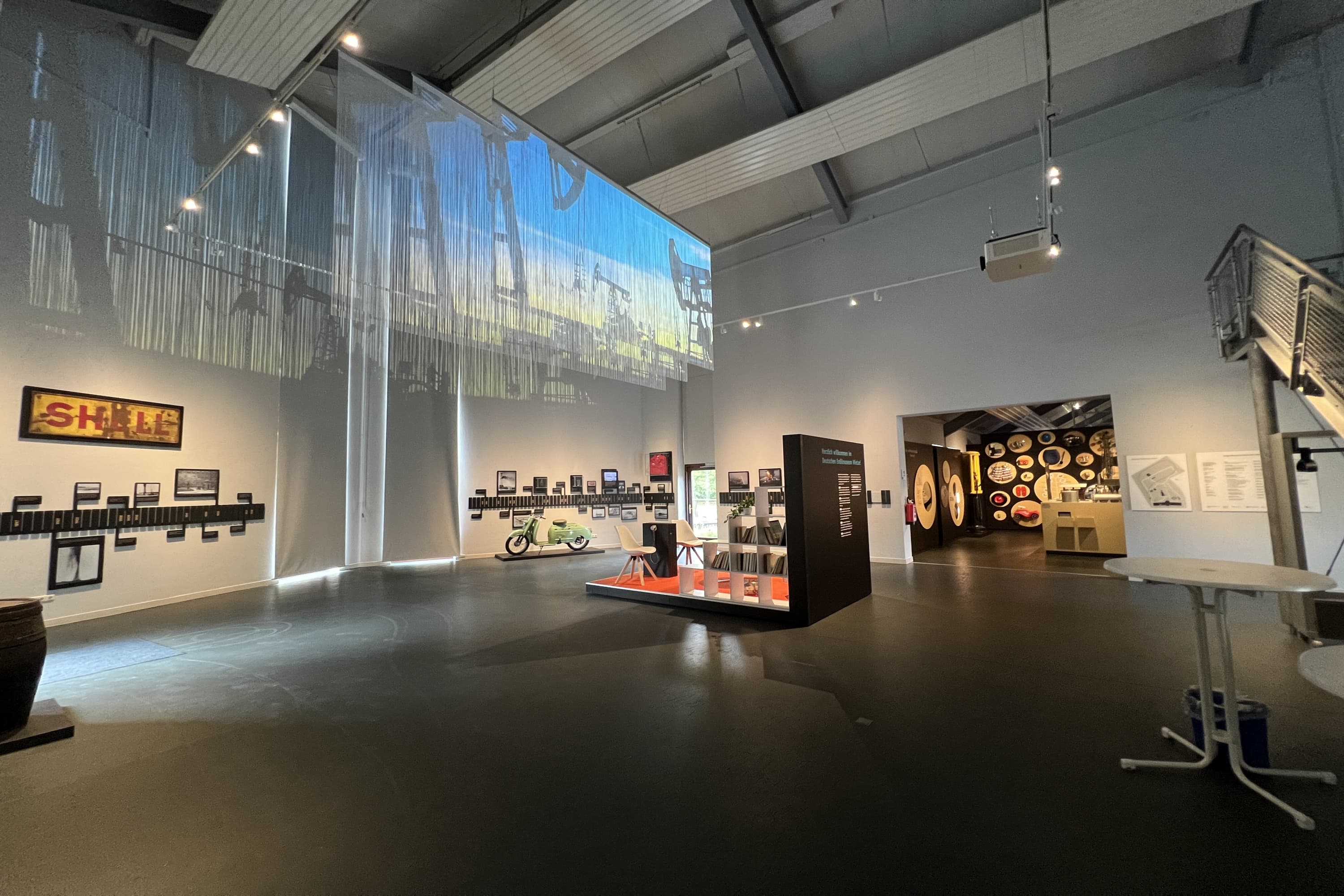
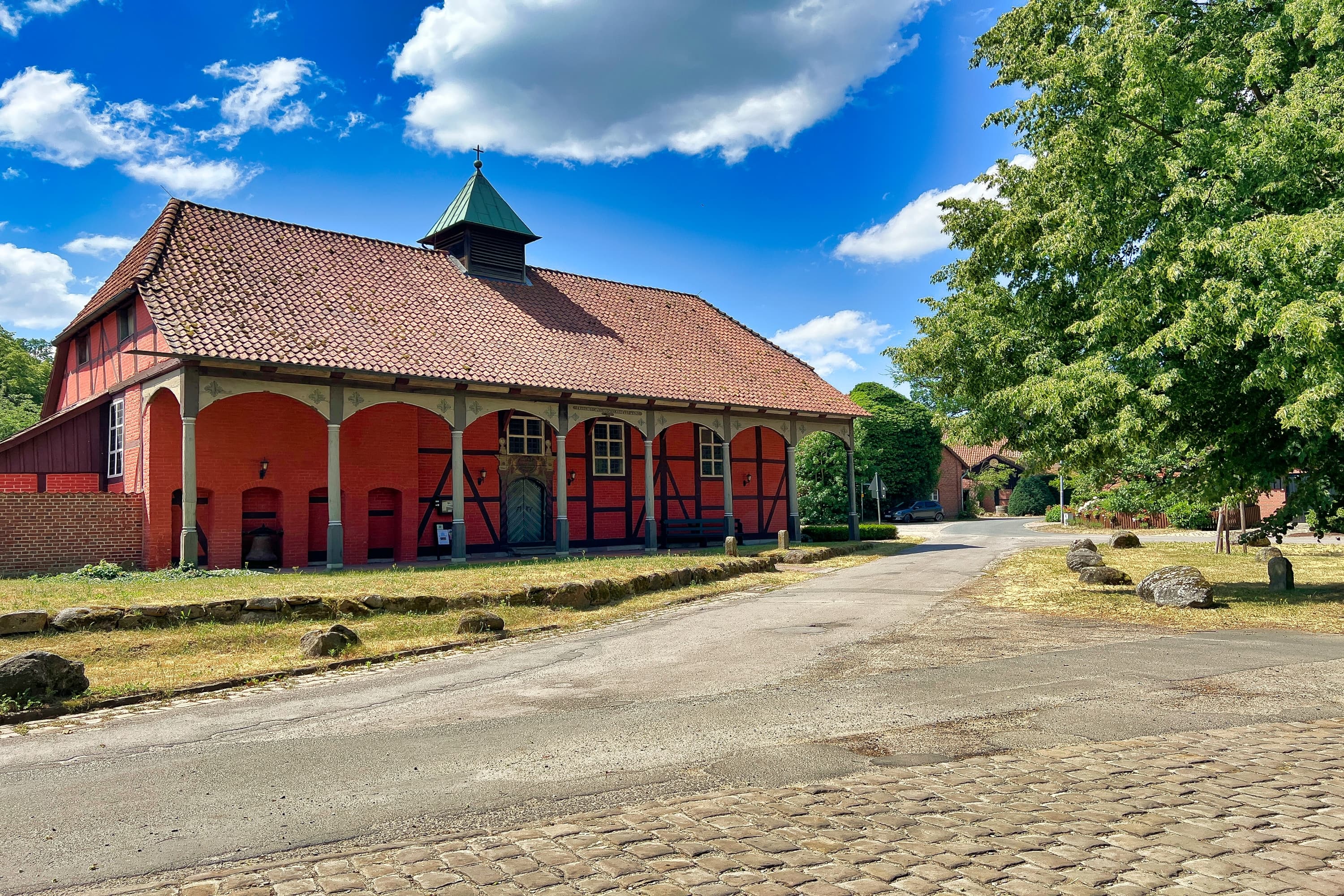
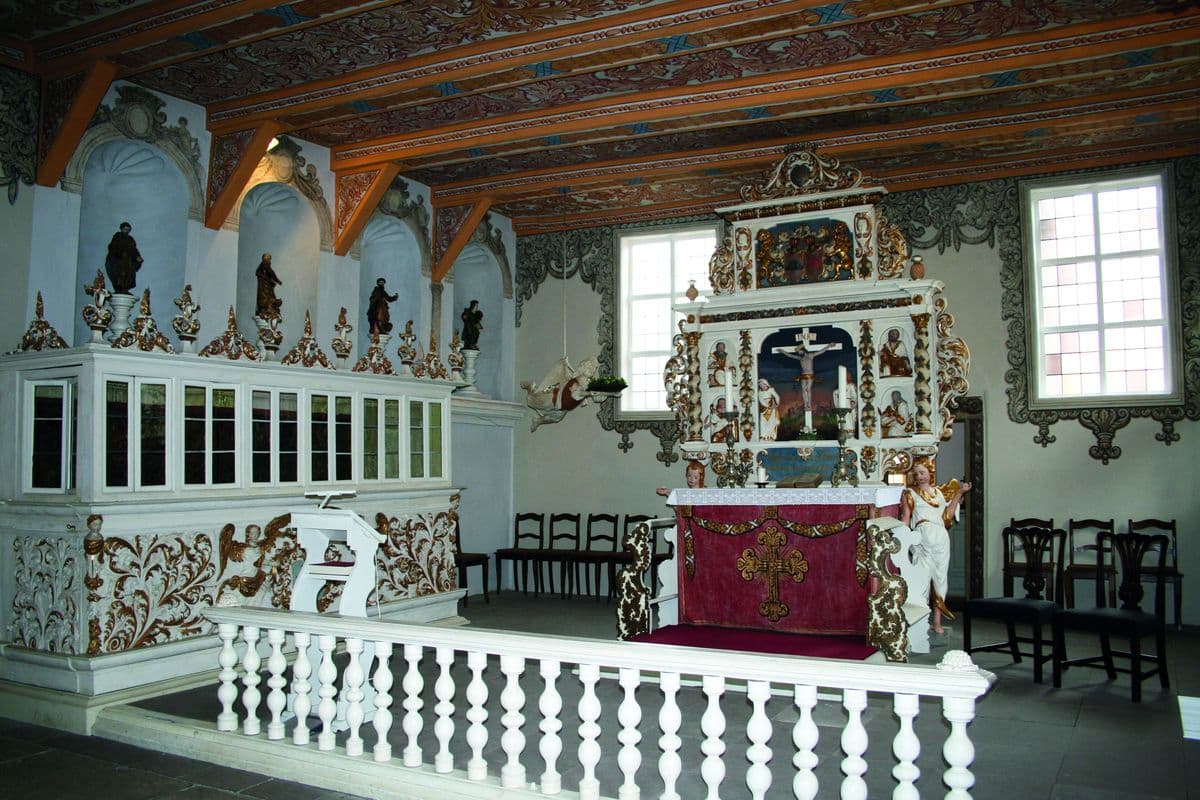
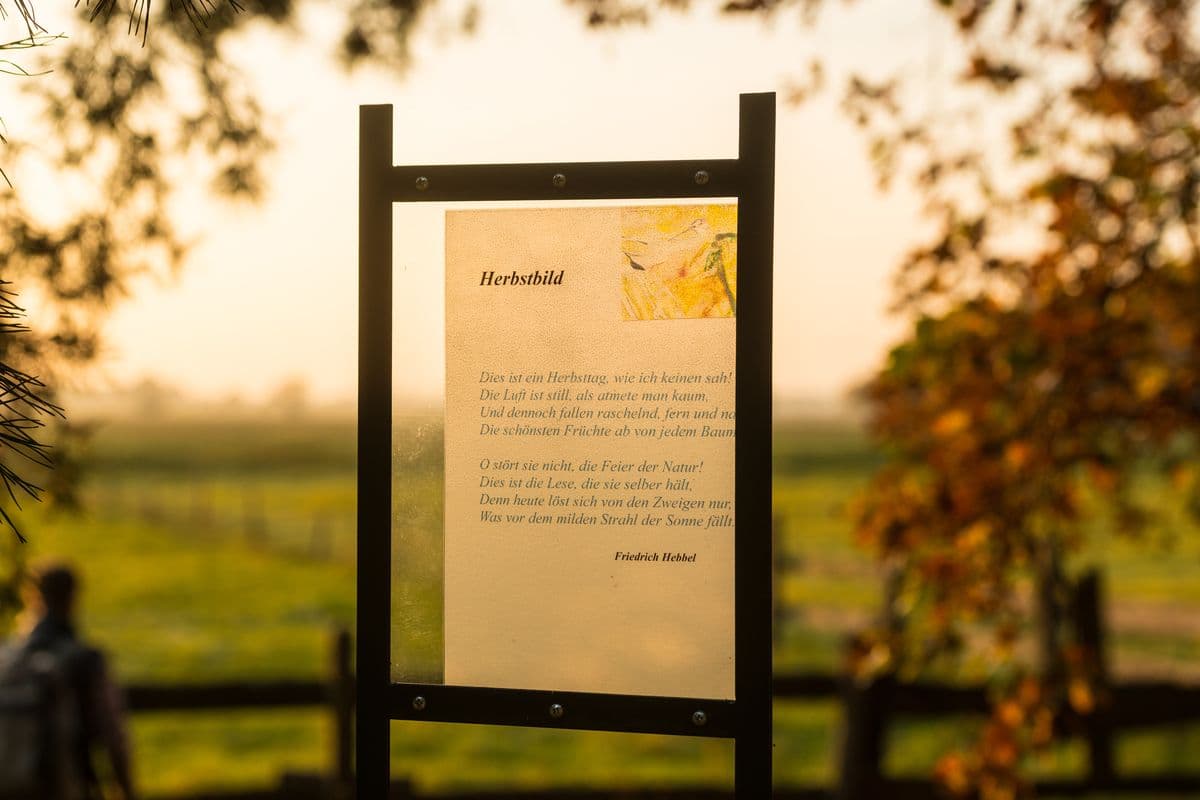
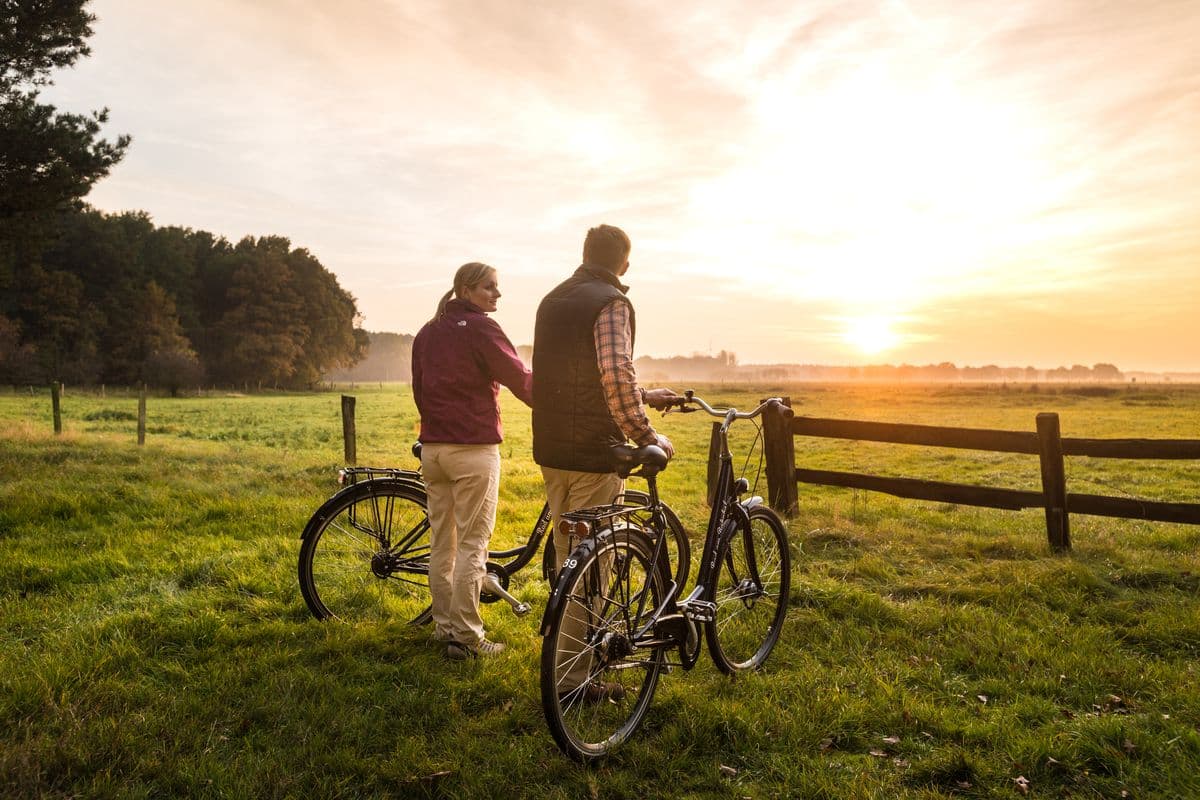
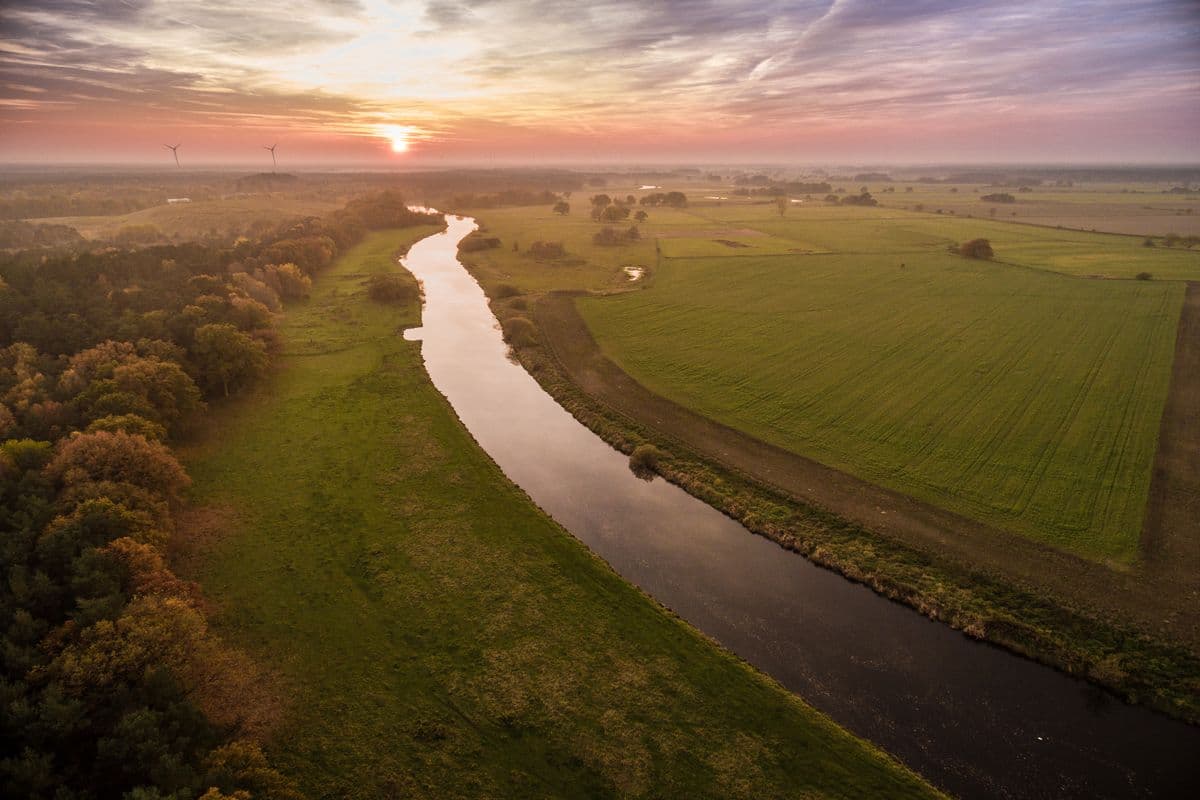
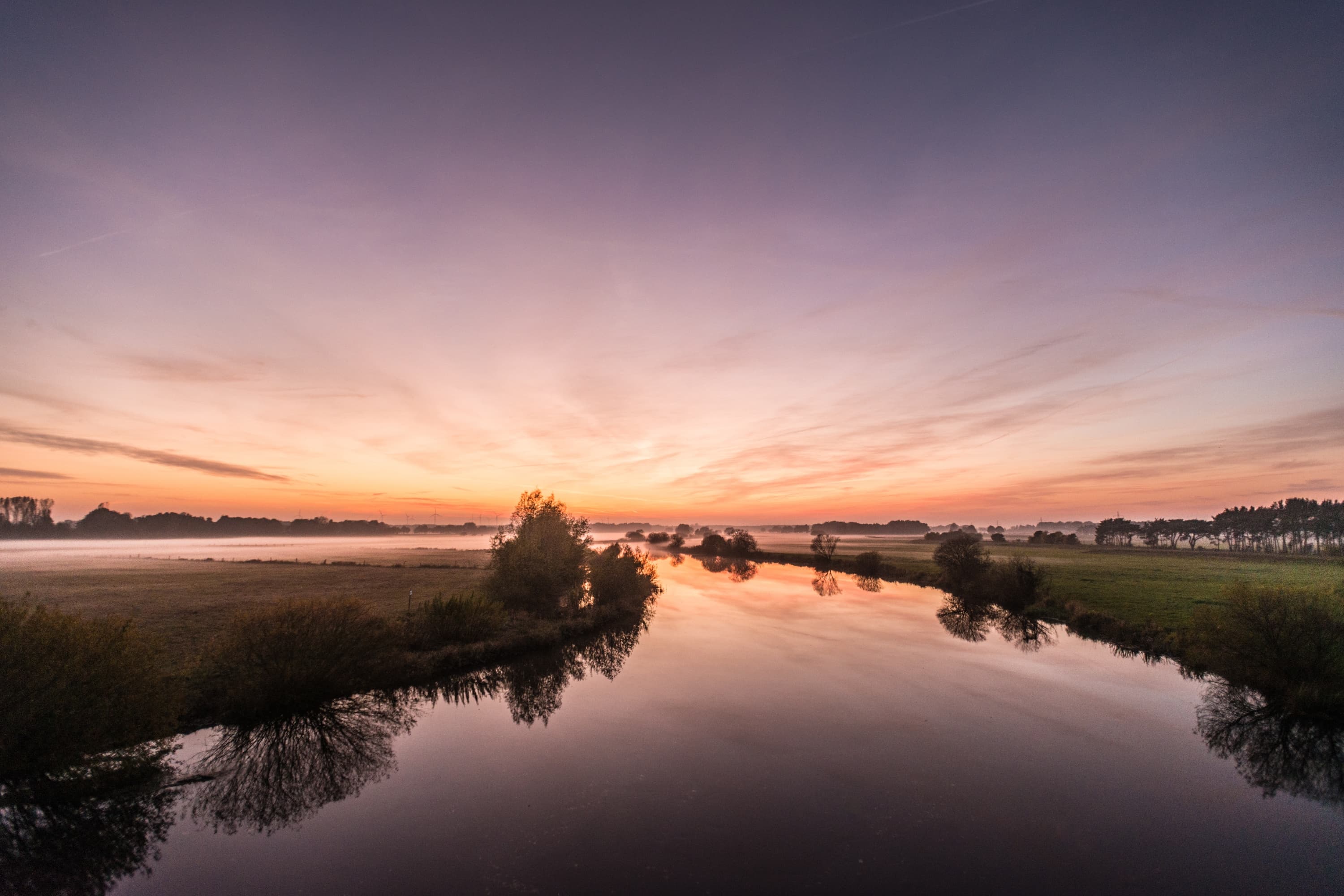
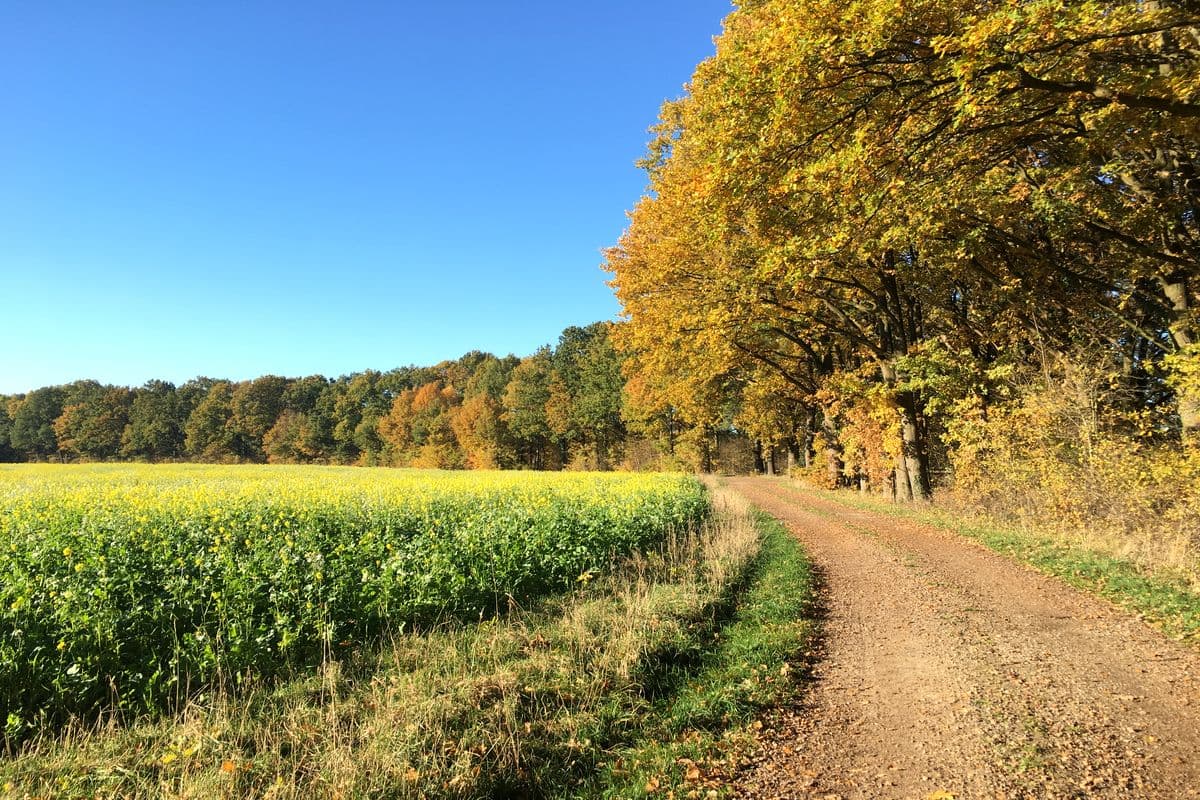
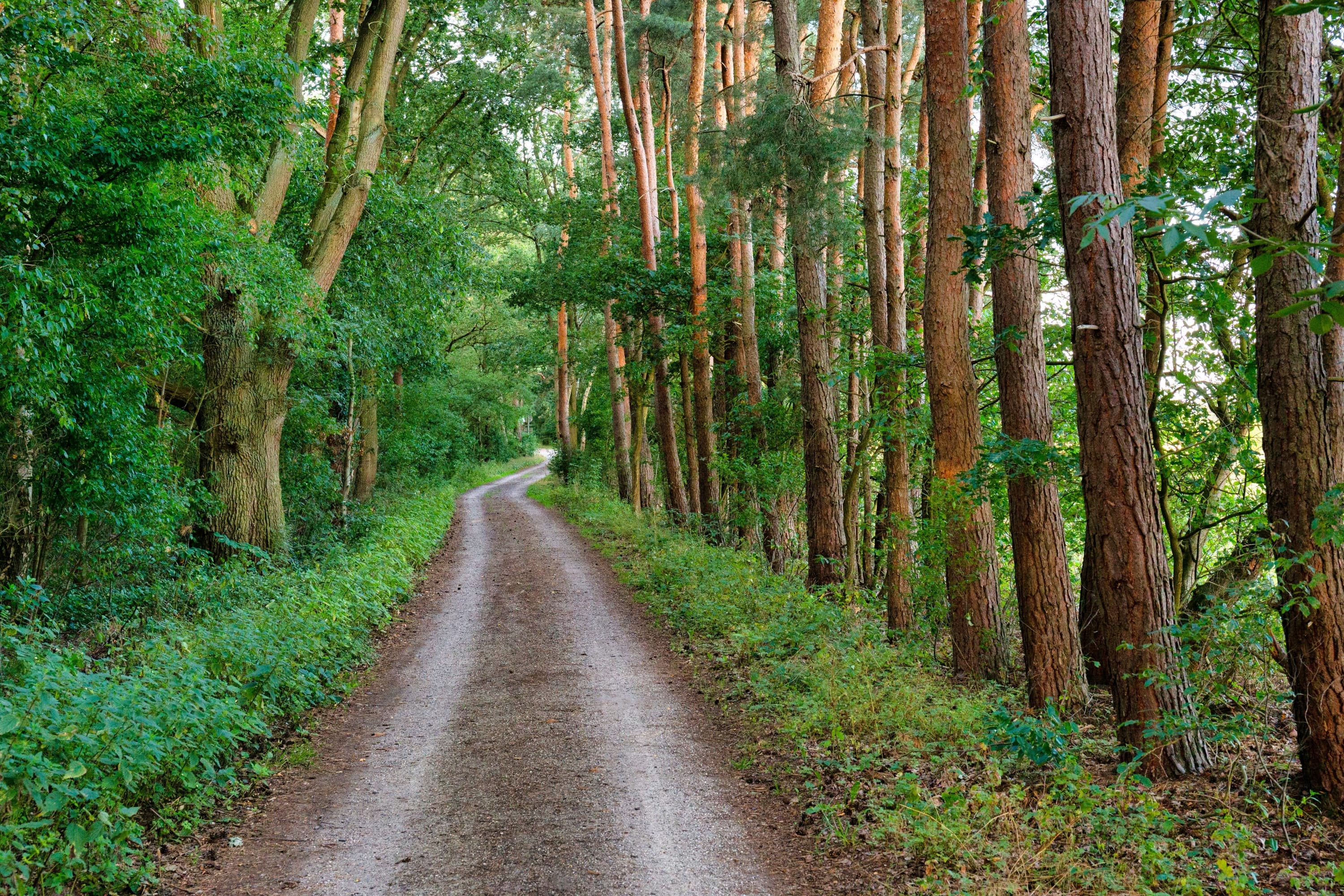
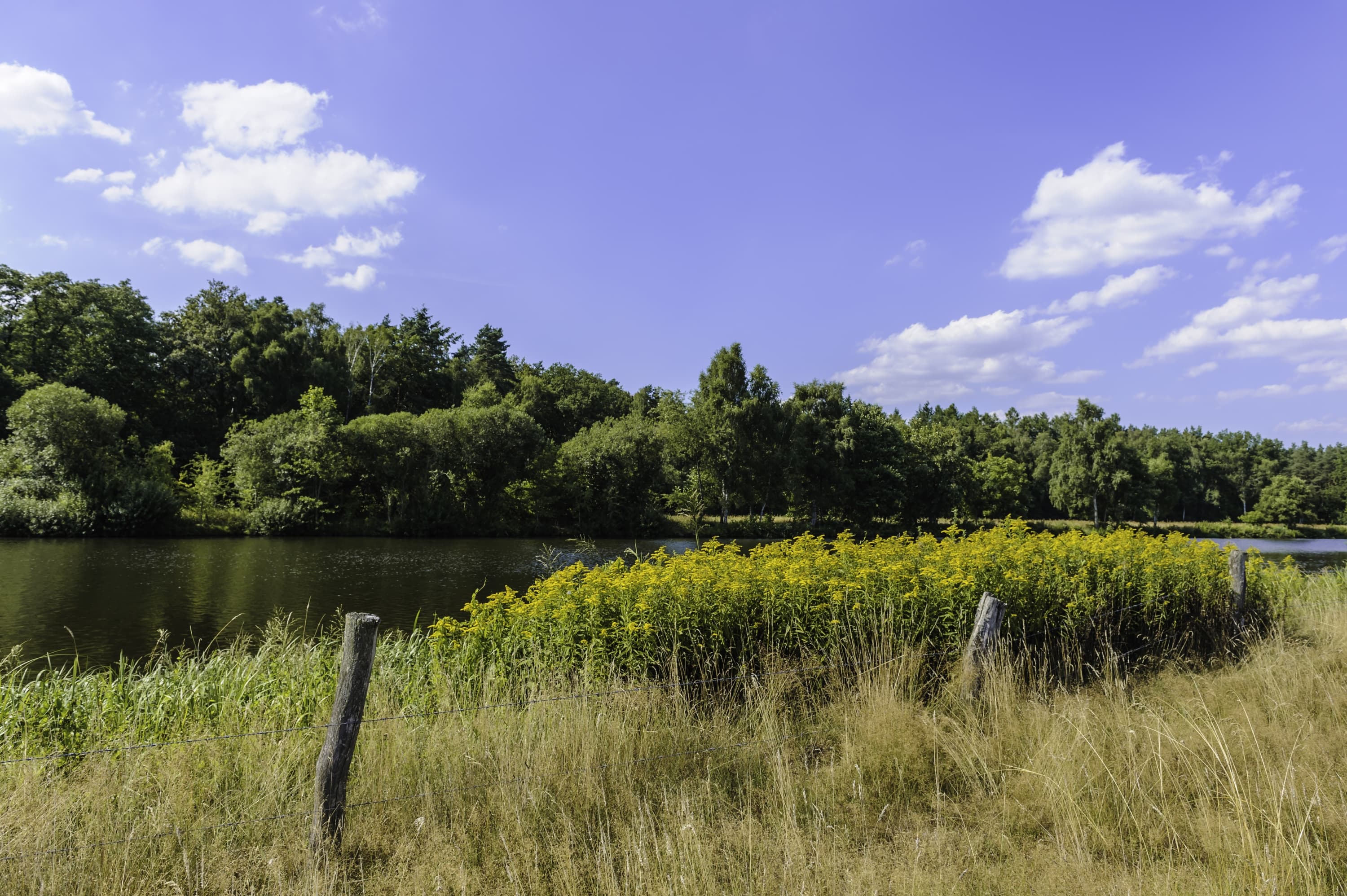
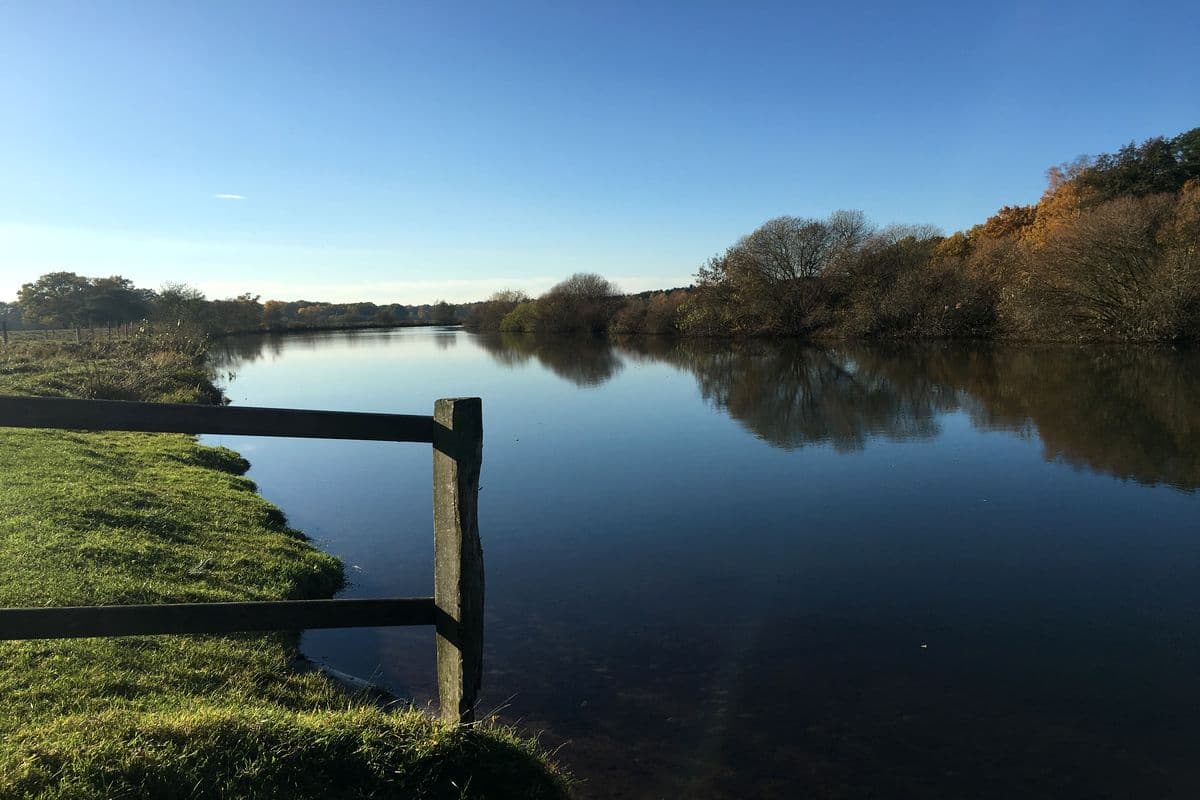
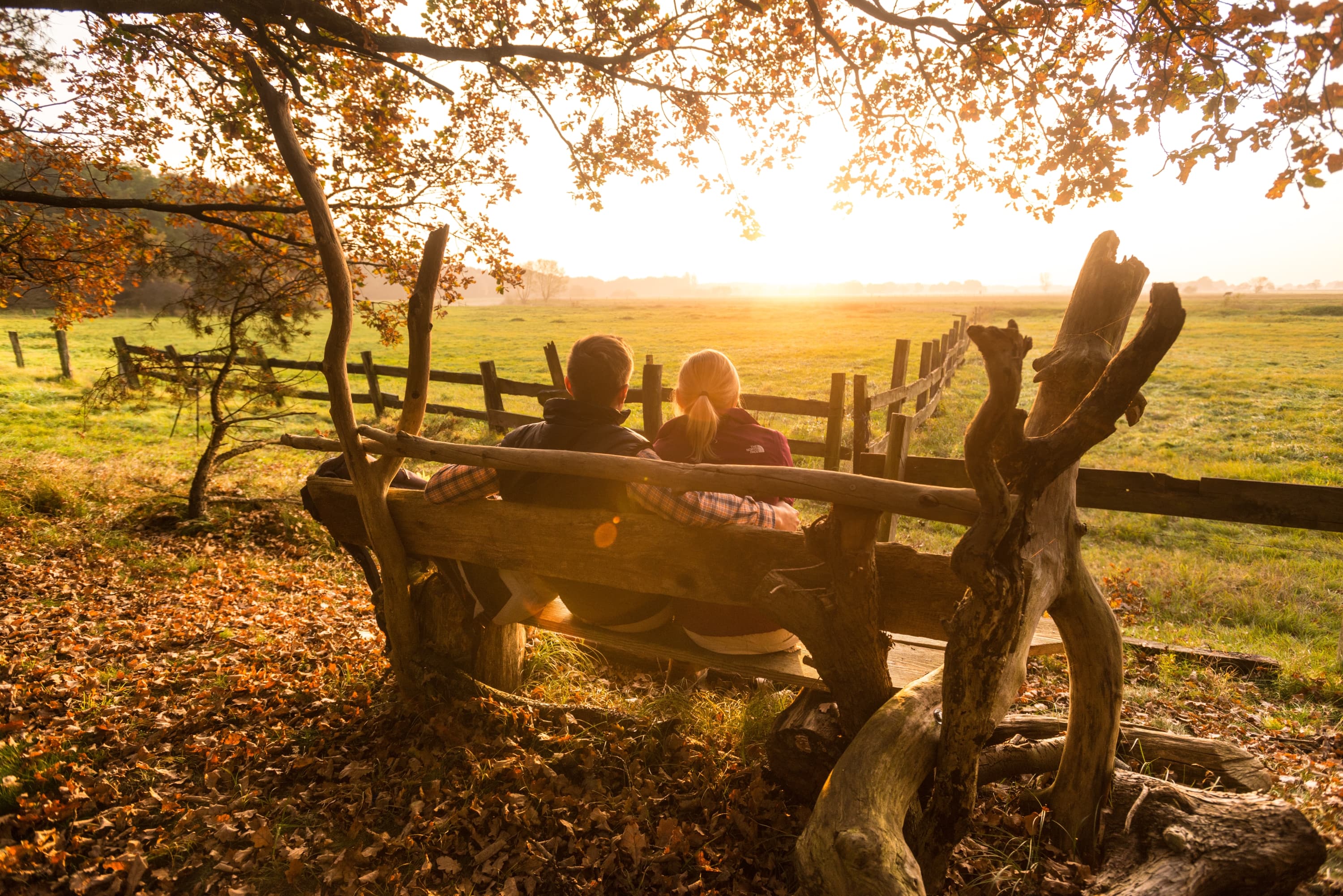
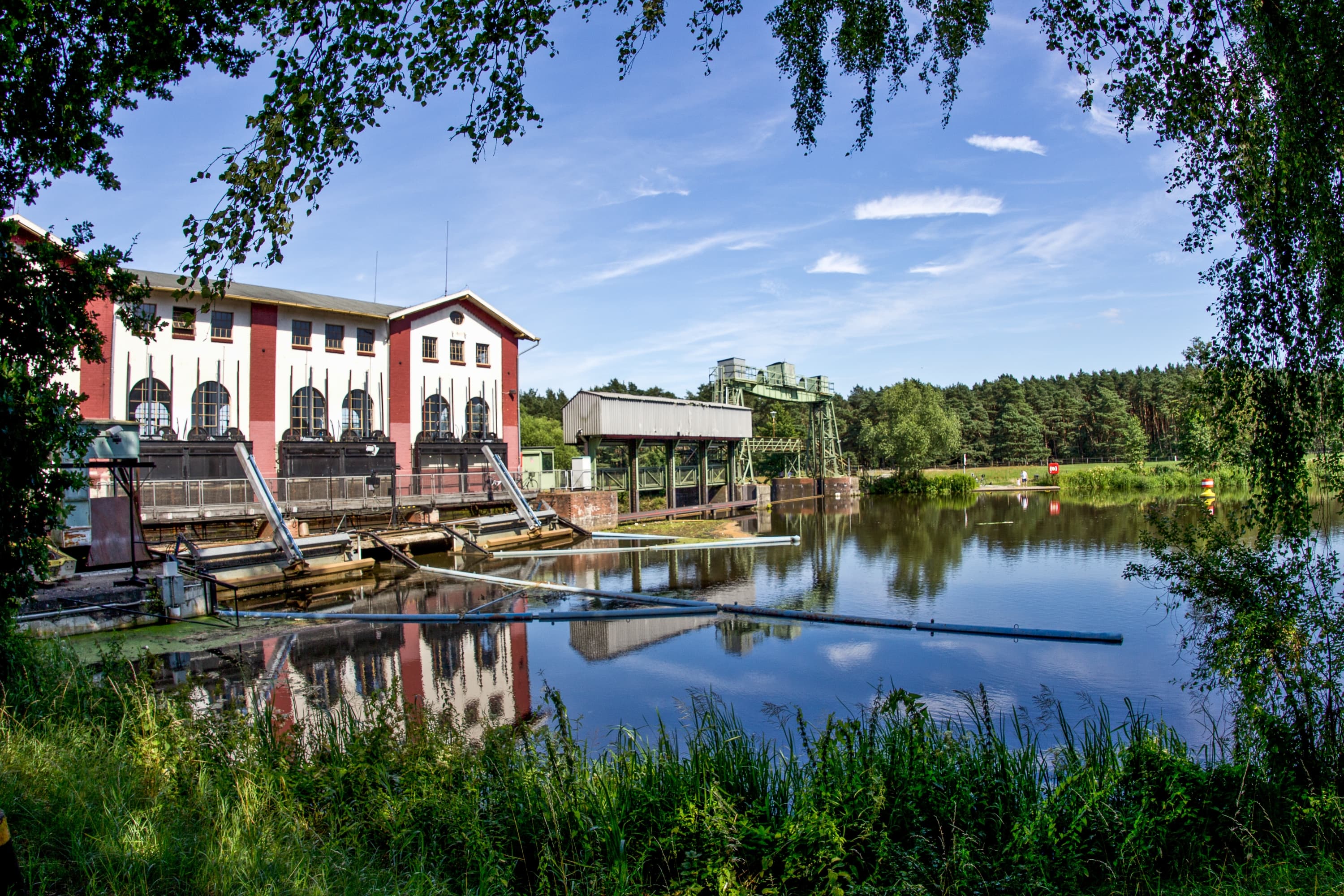
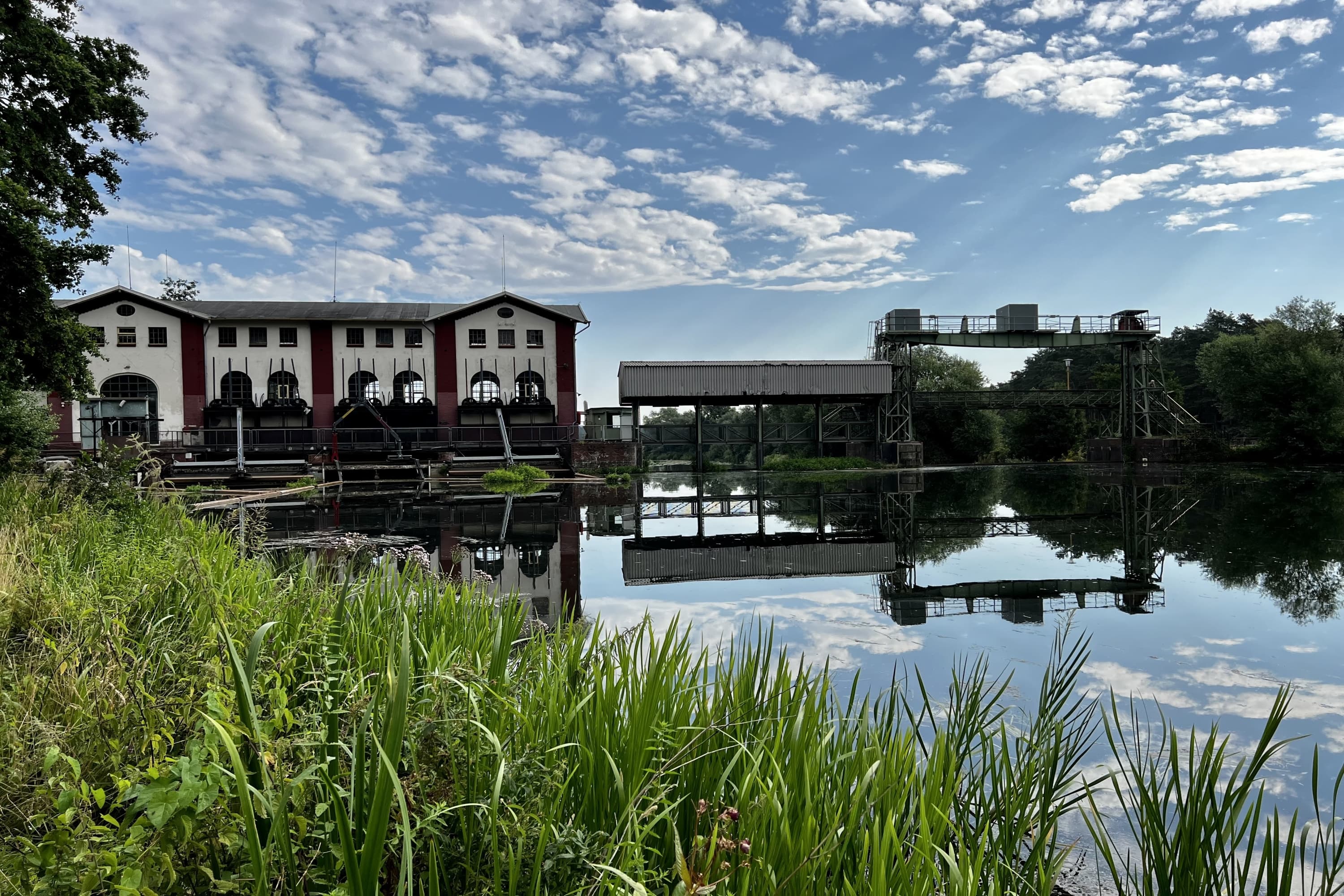
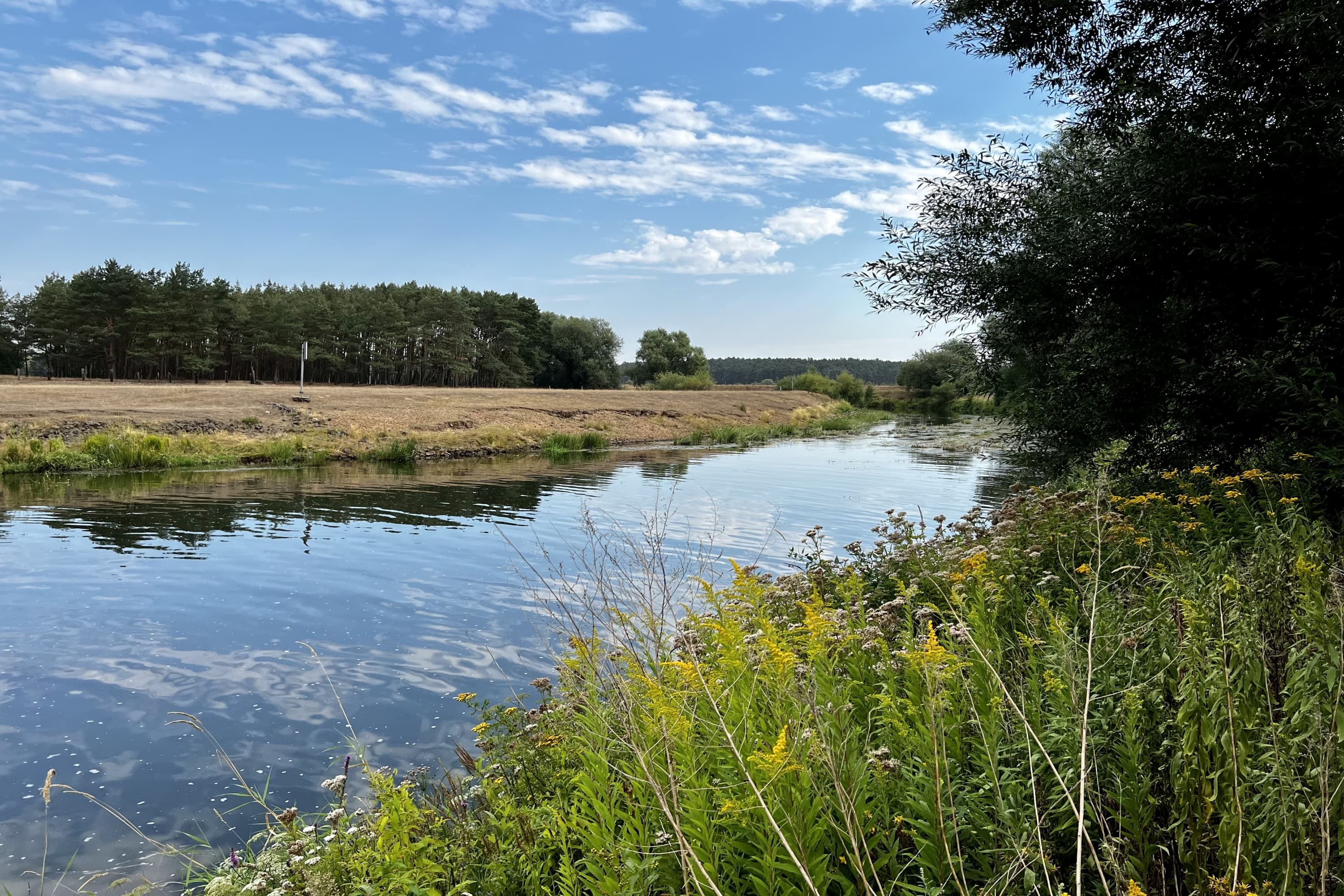
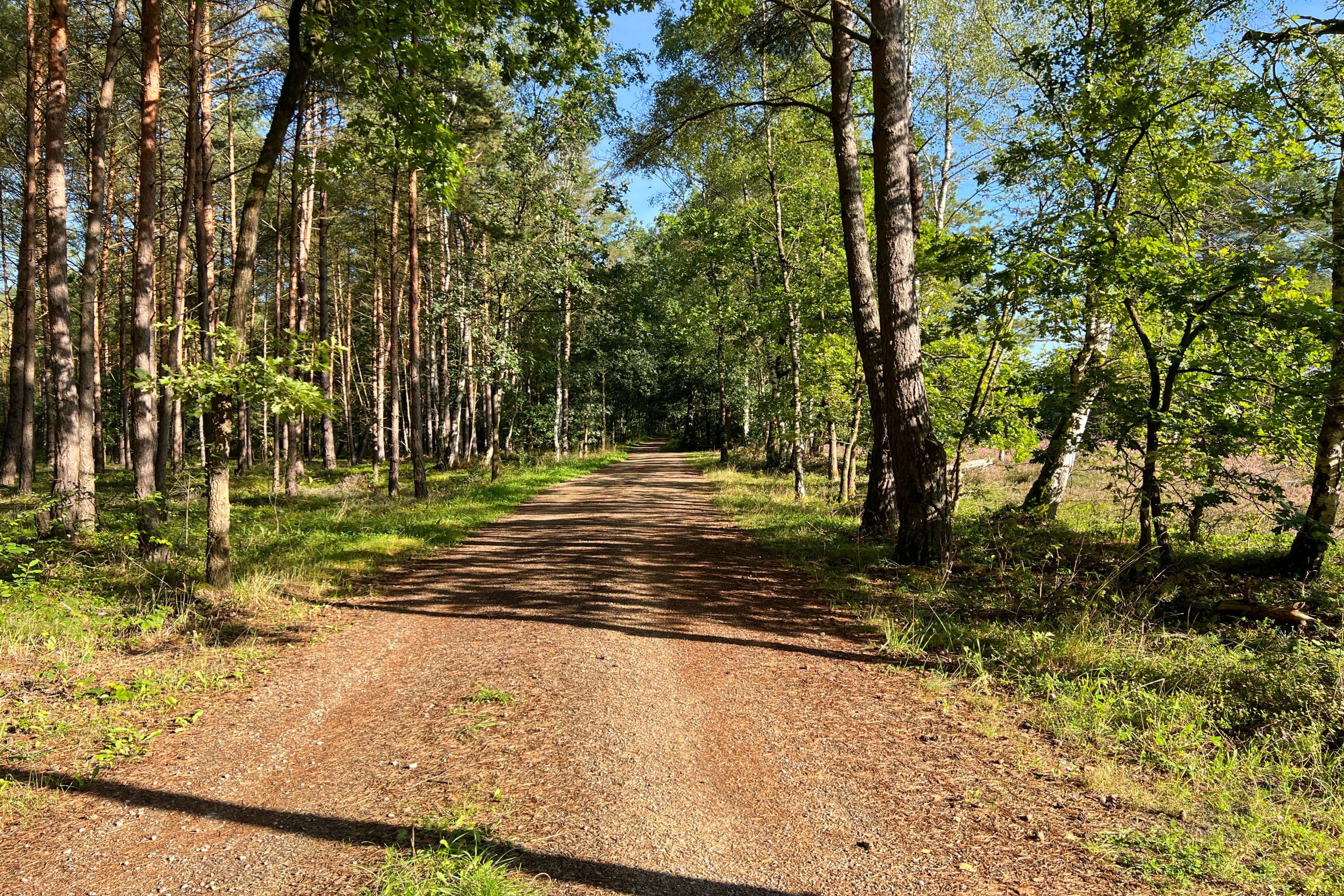
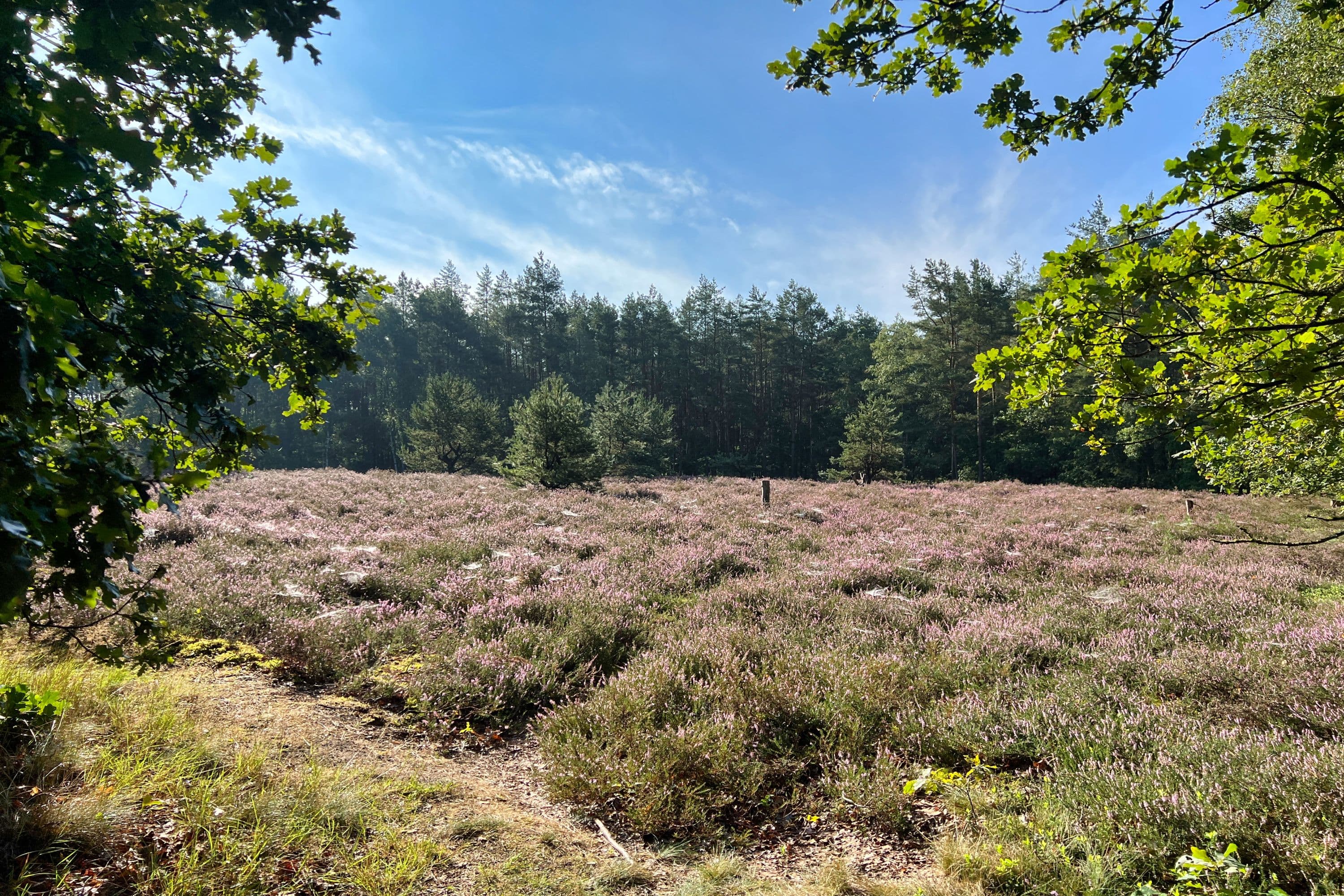
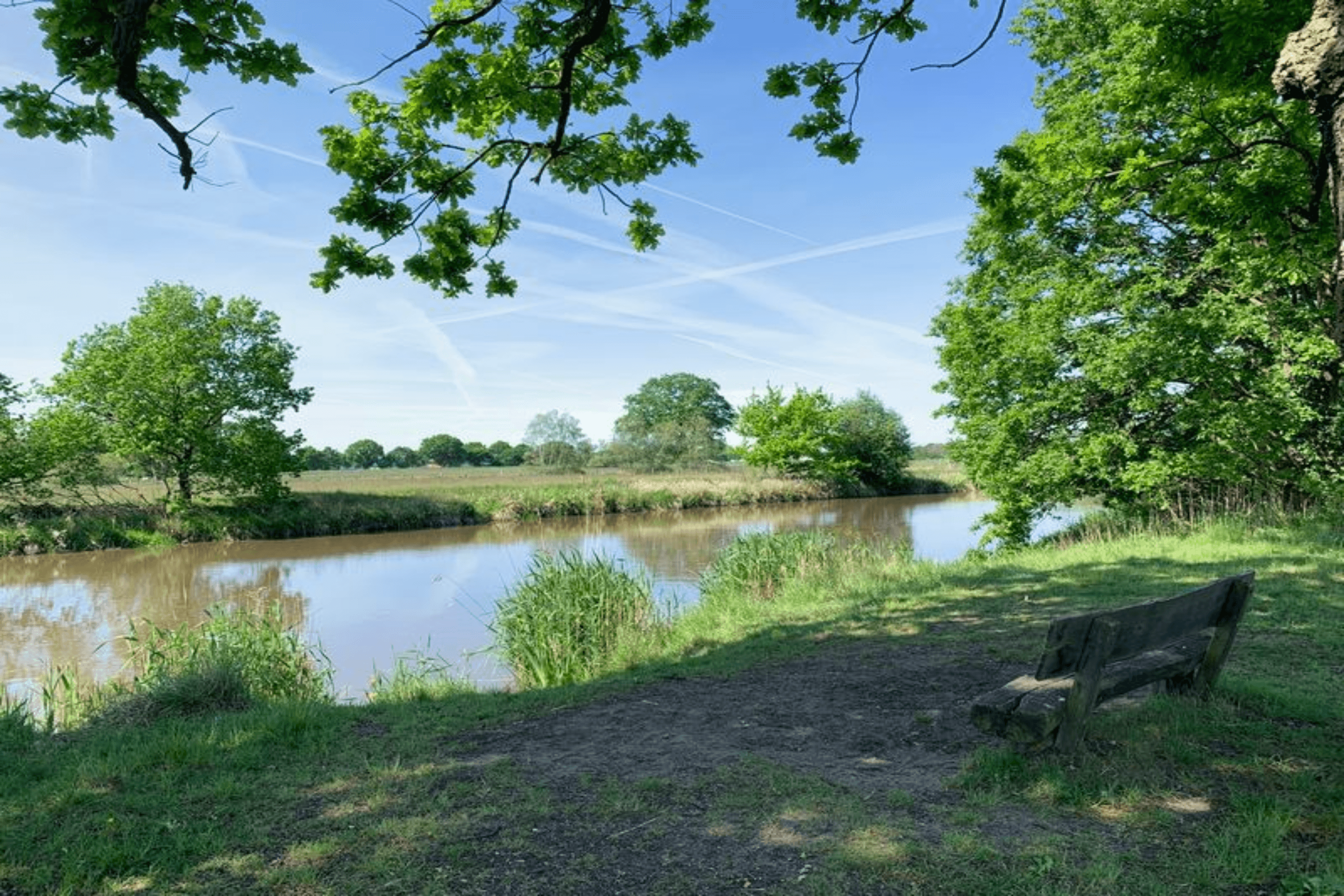
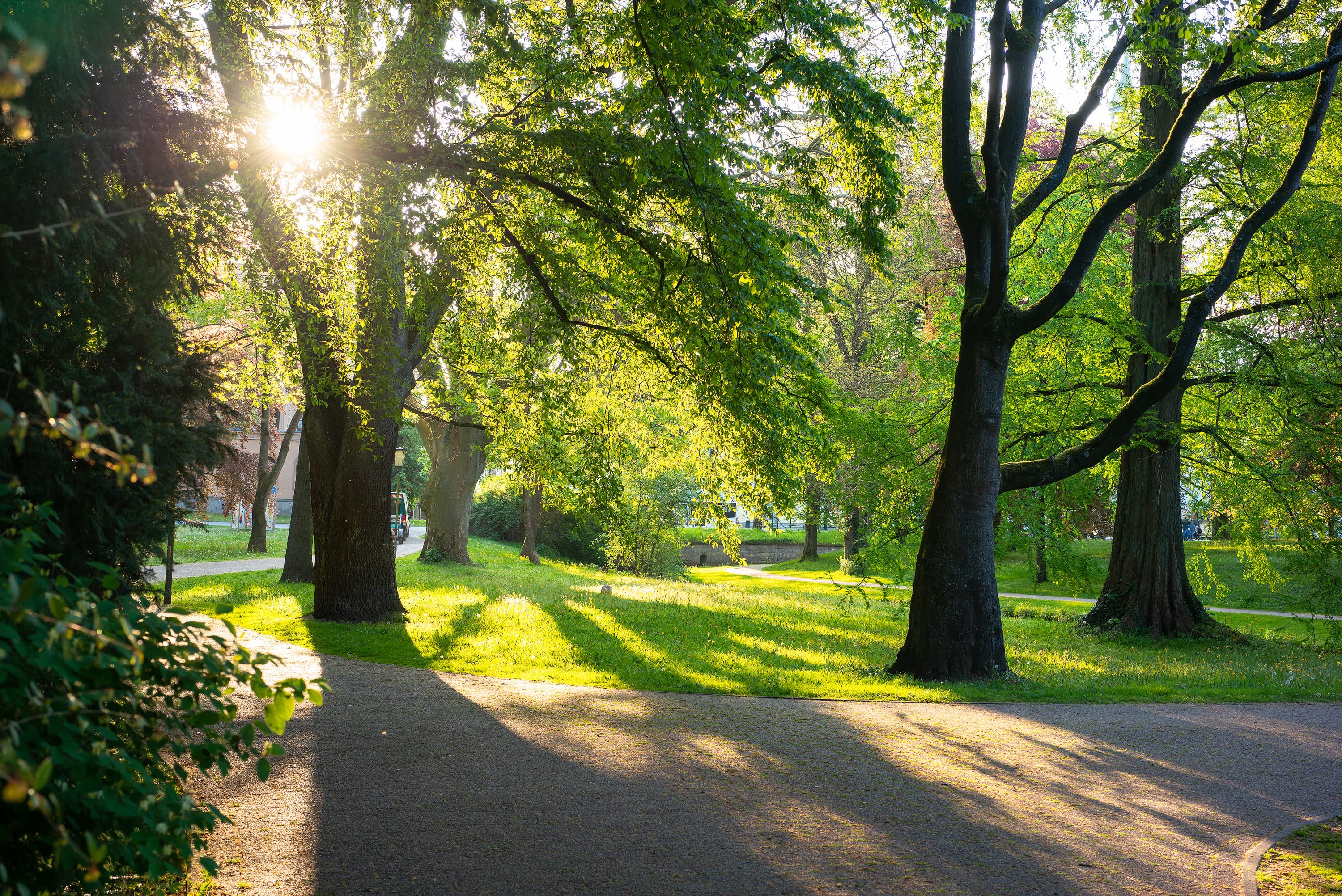
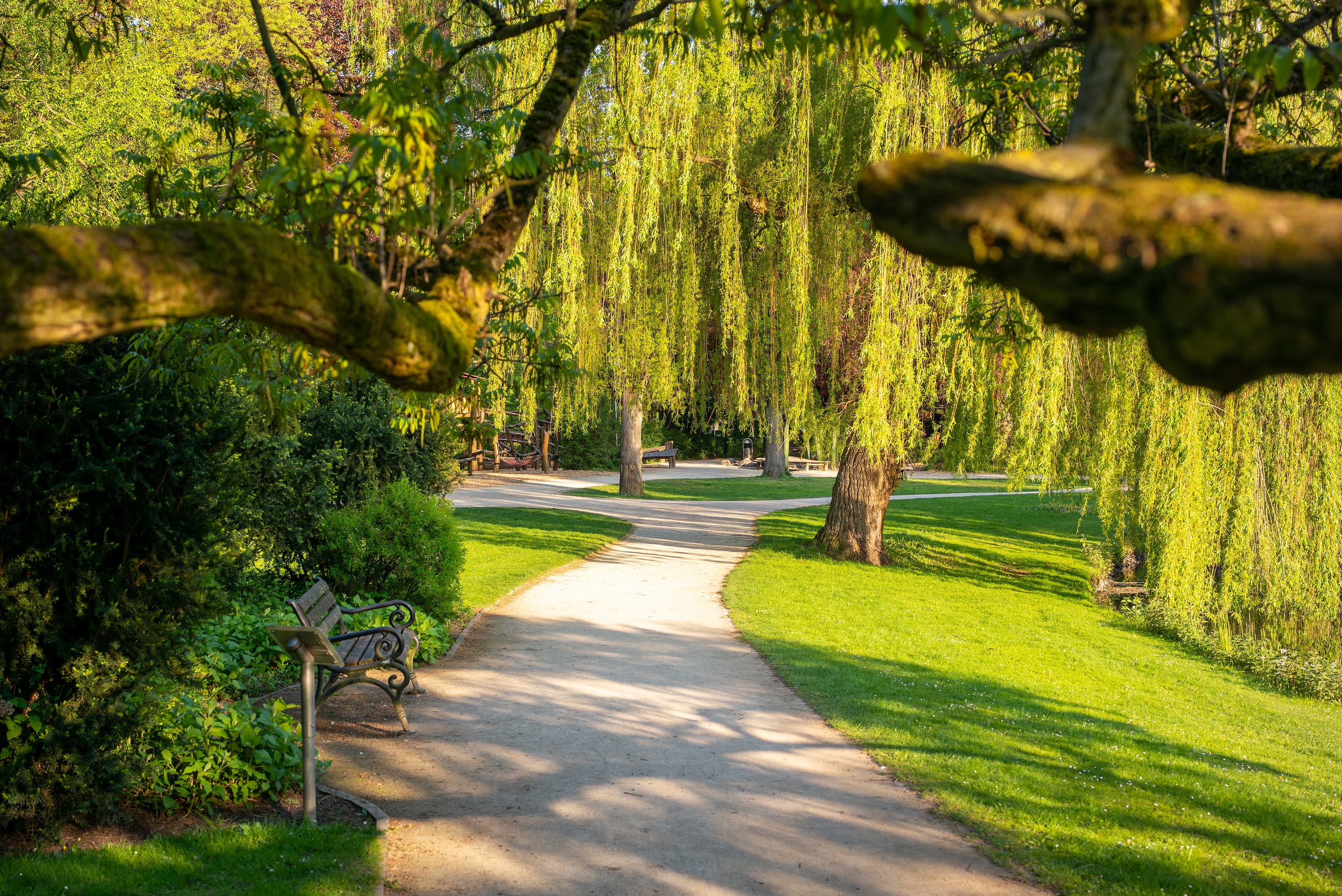
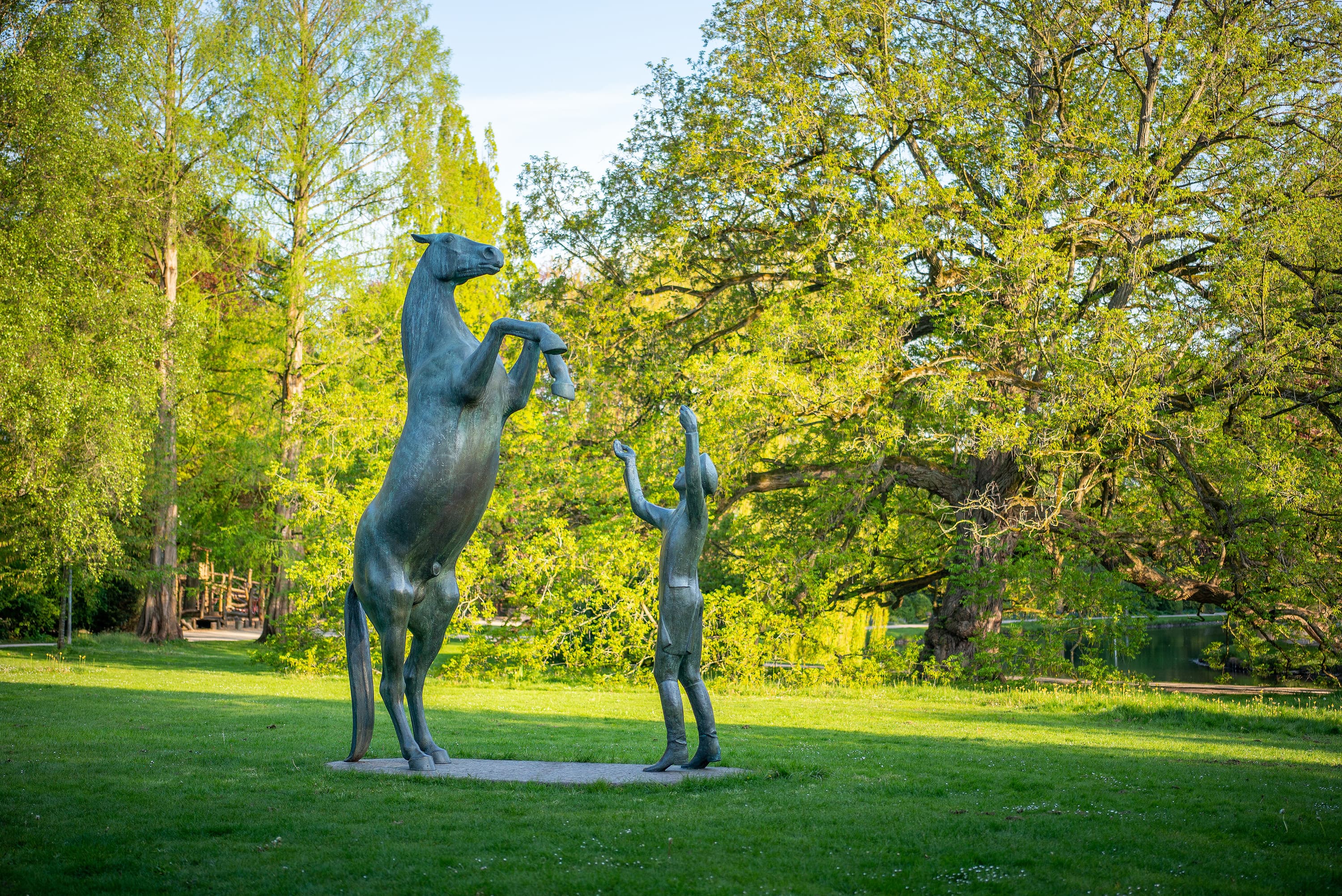
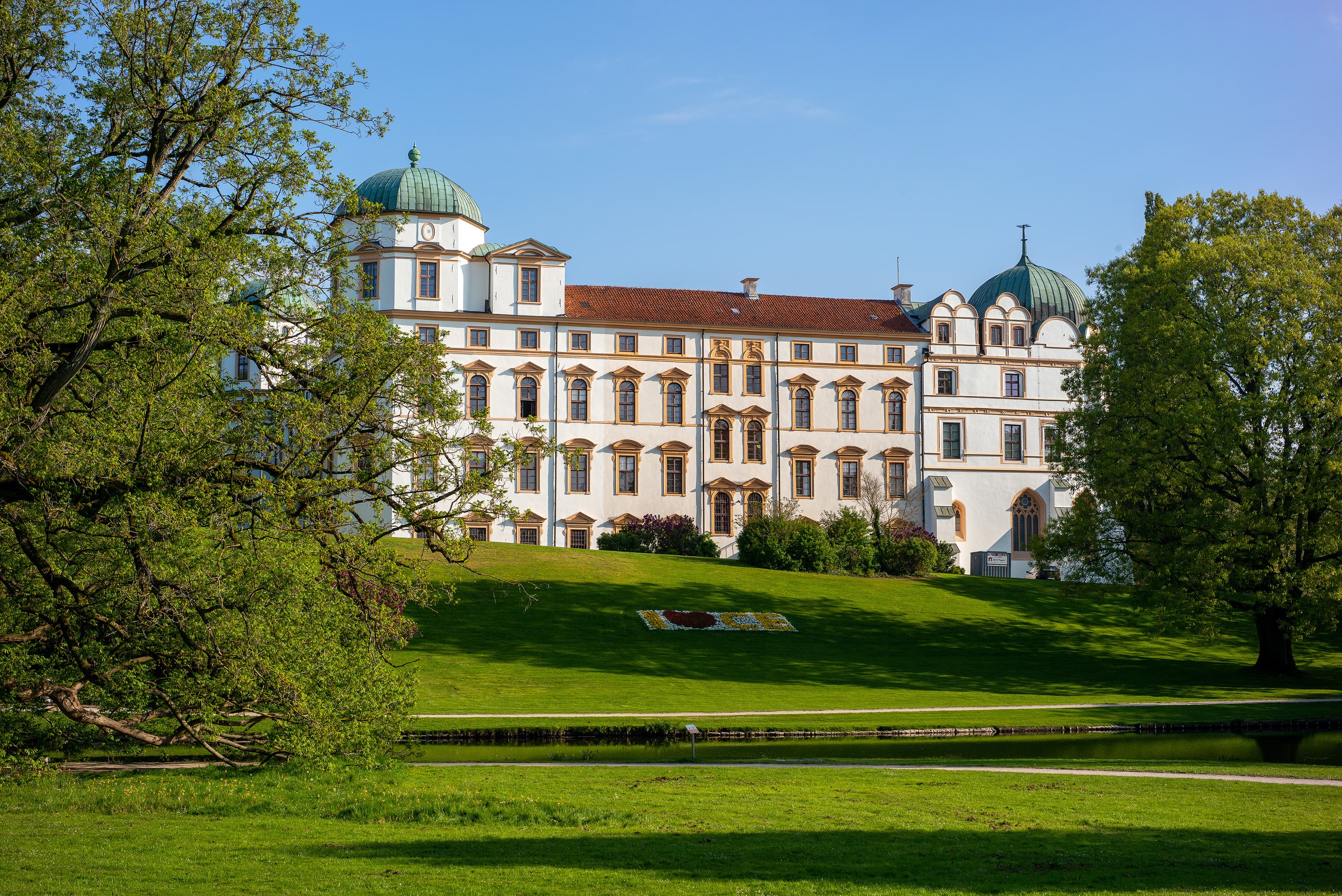
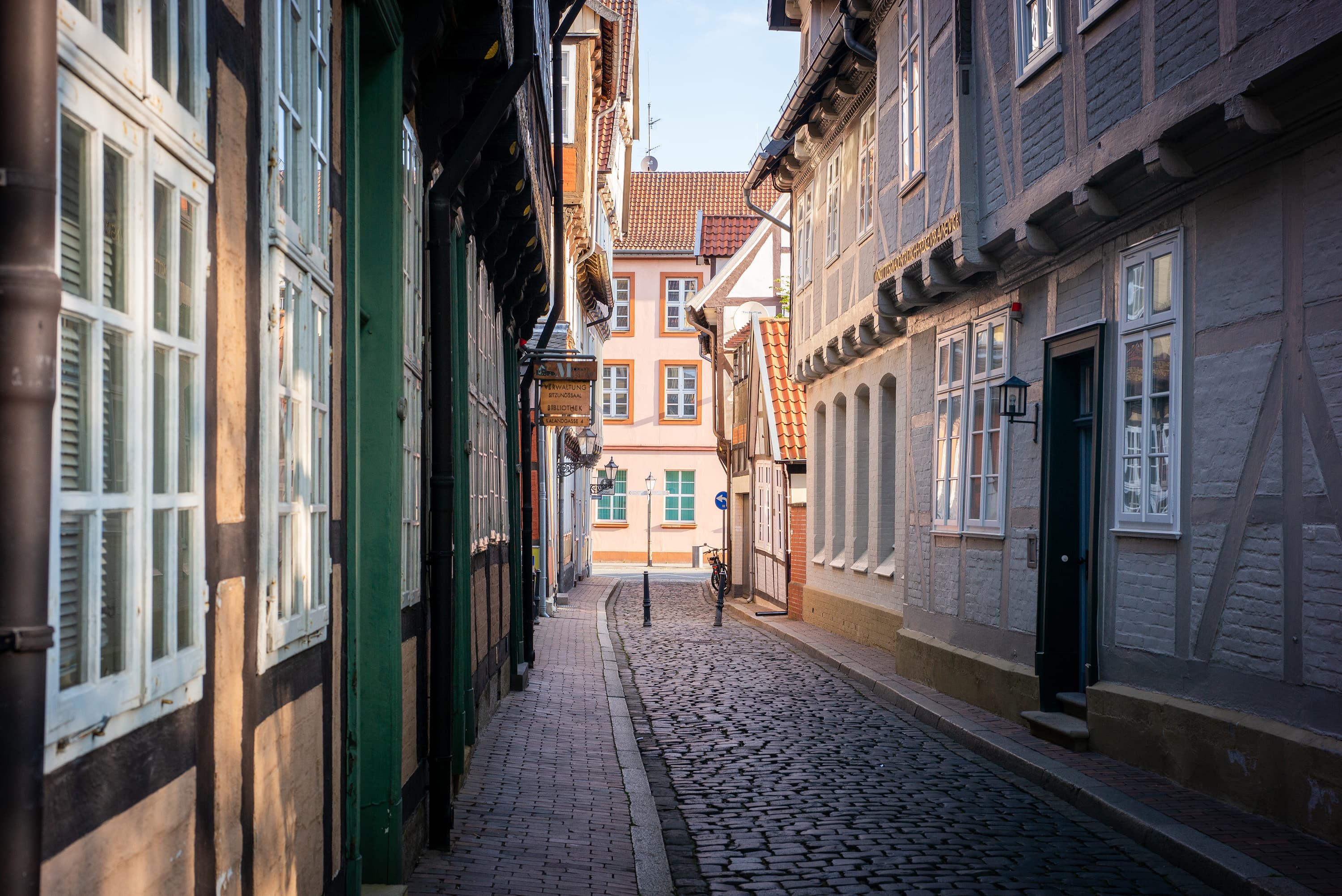
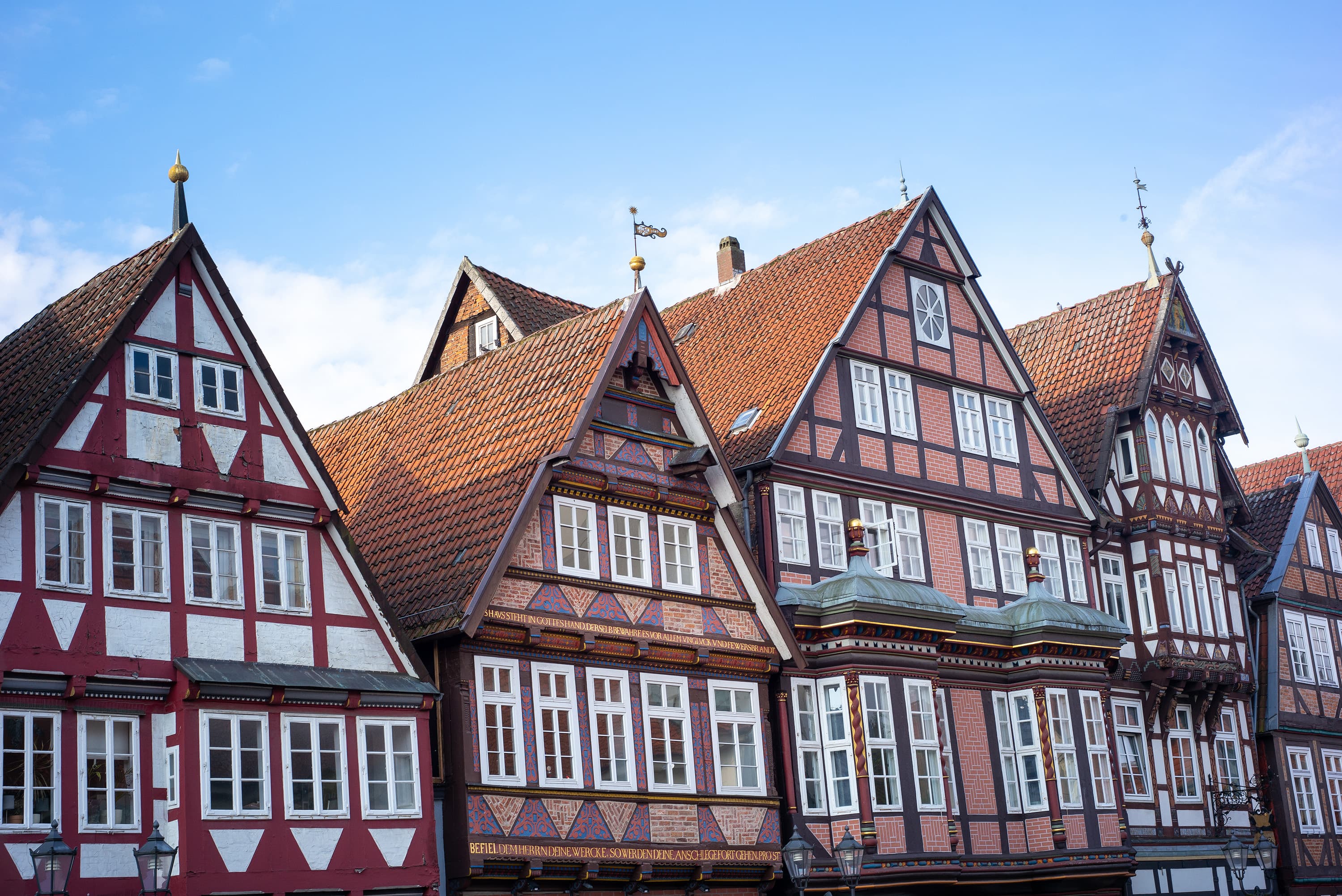
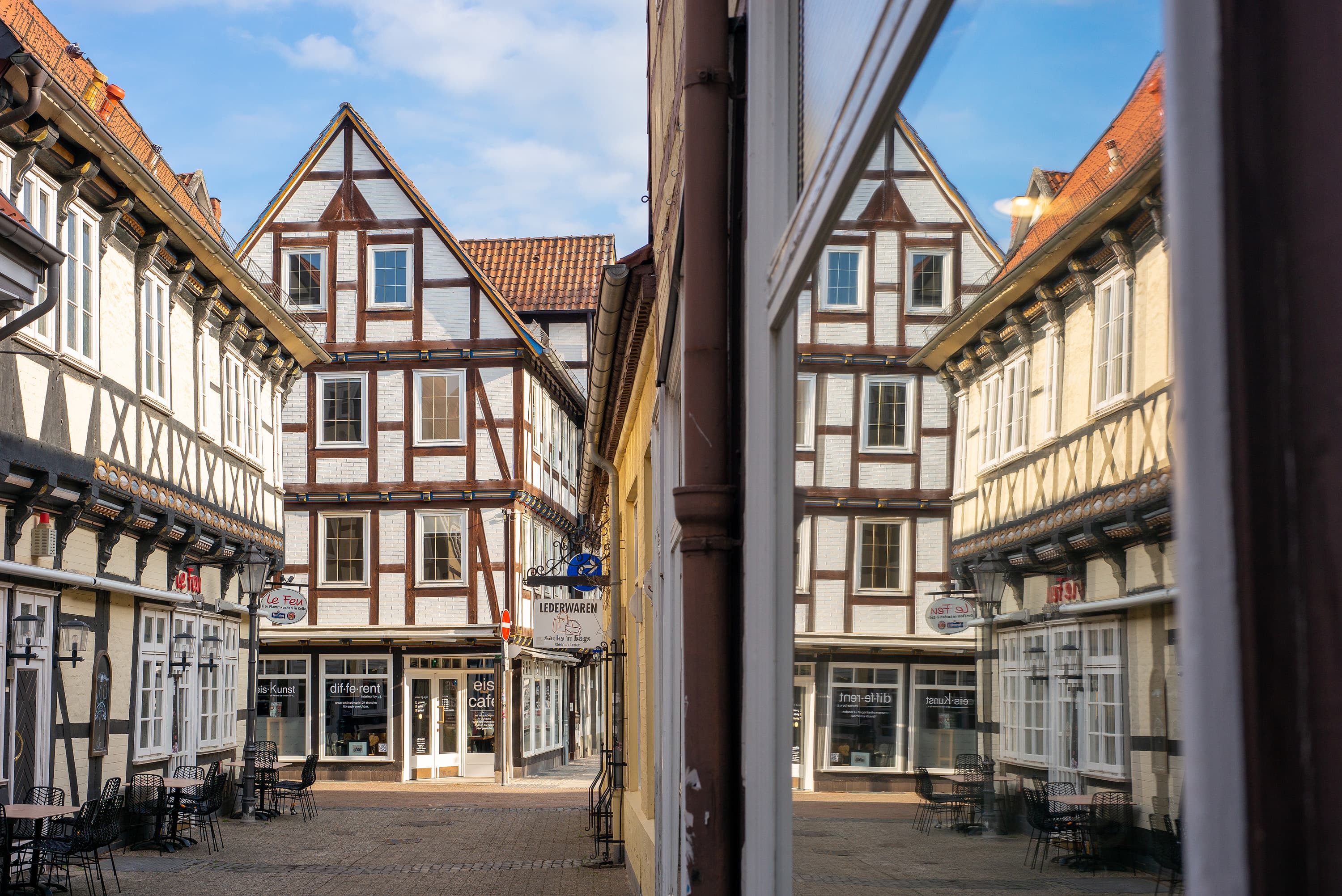
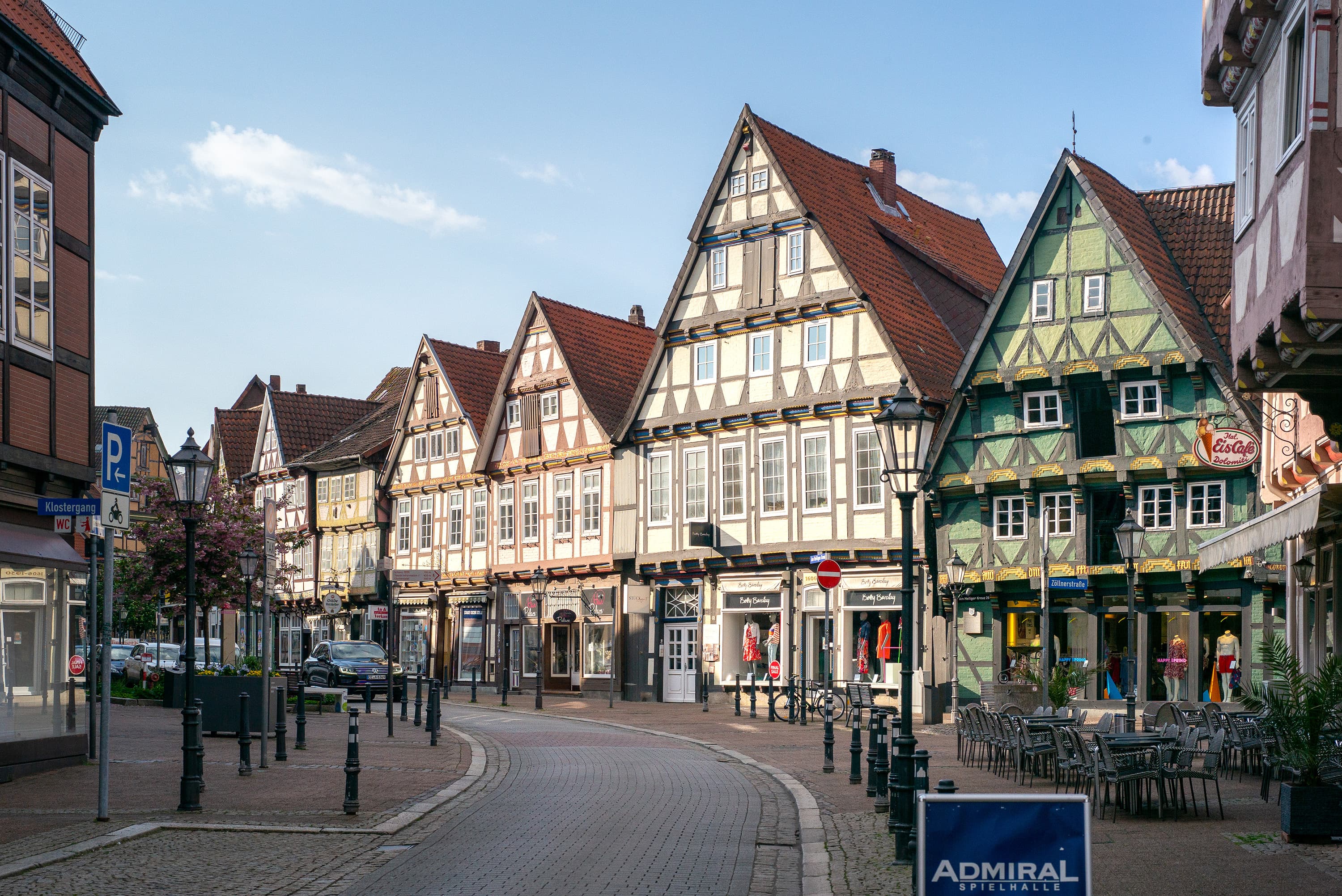
Die zweite Etappe des Aller-Radweges startet in Schwarmstedt im Aller-Leine-Tal.
Im östlich von Schwarmstedt gelegenen Marklendorf trifft die Fahrradtour auf ein in den Jahren 1913-1915 gebautes Wasserkraftwerk mit zwei Wehrfeldern und einer Leistung von 1000 PS. Die Breite beider Wehrfelder beträgt 40,4 Meter und die maximale Hubhöhe 3,18 Meter. Sie können hier die Aller über die Allerstaustufen überqueren.
Von Marklendorf gelangen Sie entlang der Aller in die Region Celle, die mit Einzigartigkeiten überrascht. In dem kleinen Ort Wietze fand die erste Erdölbohrung der Welt statt. Kurz vor dem ersten Ölfund in Amerika wurde 1858 eine auf Braunkohle ausgerichtete Bohrung durchgeführt. Anstatt der zu erwartenden Braunkohle trat Erdöl zu Tage, das auch liebevoll Wietzer Teer oder Satanspech genannt wird. Die Geschichte der Entstehung und Förderung des Erdöls zeigt das Deutsche Erdölmuseum in Wietze.
Einen kleinen Abstecher entfernt, in Wietze-Wieckenberg ist in der 300 Jahre alten barocken Stechinelli-Kapelle noch heute der Glanz der Vergangenheit aus der Zeit der letzten Herzöge zu finden.
Bei Hornbostel wartet noch ein ganz besonderes Naturerlebnis auf Sie: das Naturschutzgebiet Hornbosteler Hutweide. Hutweiden sind traditionelle Weideflächen aus früheren Jahrhunderten. Heute können Sie mit etwas Glück Rote Rinder beobachten, das sind rotbunte Niederungsrinder. Außerdem zieht der Rote Milan seine Kreise über den Weiden und hält Ausschau nach Nahrung. Sie können hier auch an geführten Wanderungen teilnehmen, die Ihnen dieses besondere Natuererlebnis näherbringen.
Ihr nächstes Etappenzielt ist Winsen (Aller). Neben der Bockwindmühle aus dem Jahr 1732 ist vor allem der Winsener Museumshof eine Radelpause wert.
Der Radweg geht weiter über Oldau nach Hambühren. Ungefähr auf der Hälfte des Weges zwischen Oldau und Hambühren liegt direkt am Wegesrand eine kleine Heidefläche. Dieser idyllische Ort lädt zu einer Pause ein, ein Tisch und Bänke befinden sich direkt an der Heidefläche.
Weiter führt Sie der Aller-Radweg von Hambühren bis nach Celle. Wer Lust auf ein bisschen Abwechslung hat, kann auch mit dem Schiff M.S. Wappen von Celle, in den Celler Hafen einfahren und ein wenig die Beinmuskulatur entspannen.
Die Fachwerkstadt Celle begrüßt Sie mit dem wundeschönen Abiente der alten Fachwerkkunst. Für einen kleinen Marsch zu Fuß läd der Französiche Garten ein, und noch mehr Kultur gibt es im Celler Schloss.
Das Wichtigste der Tour in Kürze
Ihr Ausgangspunkt: Schwarmstedt im Aller-Leine-Tal
Etappenkilometer: ca. 42 km
Wegeverlauf: Schwarmstedt - Buchholz - Jeversen - Wietze - Oldau - Hambühren - Celle
Highlights: Schwarmstedt, Wietze, Winsen (Aller)
Start: Schwarmstedt, Koordinaten: N52.6797347, E9.615478
Ziel: Celle
Tourist Informationen
Tourist Information Winsen (Aller)
Unterkünfte in Wietze, die Bett & Bike zertifiziert sind:
Naturotel Hotel WildLand Natural Resort
Buskes Hotel Steinförde
Unterkünfte in Wietze und Winsen:
Ferienwohnung Bauernhaus Thies
Apartments Buechtmannshof
Besonders schlafen im Bauwagen am Aller-Radweg
Campingpark Südheide in Winsen (Aller)
Weitere Unterkünfte
Energie für den Körper:
Buskes Restaurant in Wietze
Restaurant Heidjerstube in Wietze
Restaurant WildLand in Hornbostel
Restaurant Zur Heideblüte in Hambühren/Ovelgönne
Restaurant Schapers in Celle
Restaurant im Fürstenhof Celle

